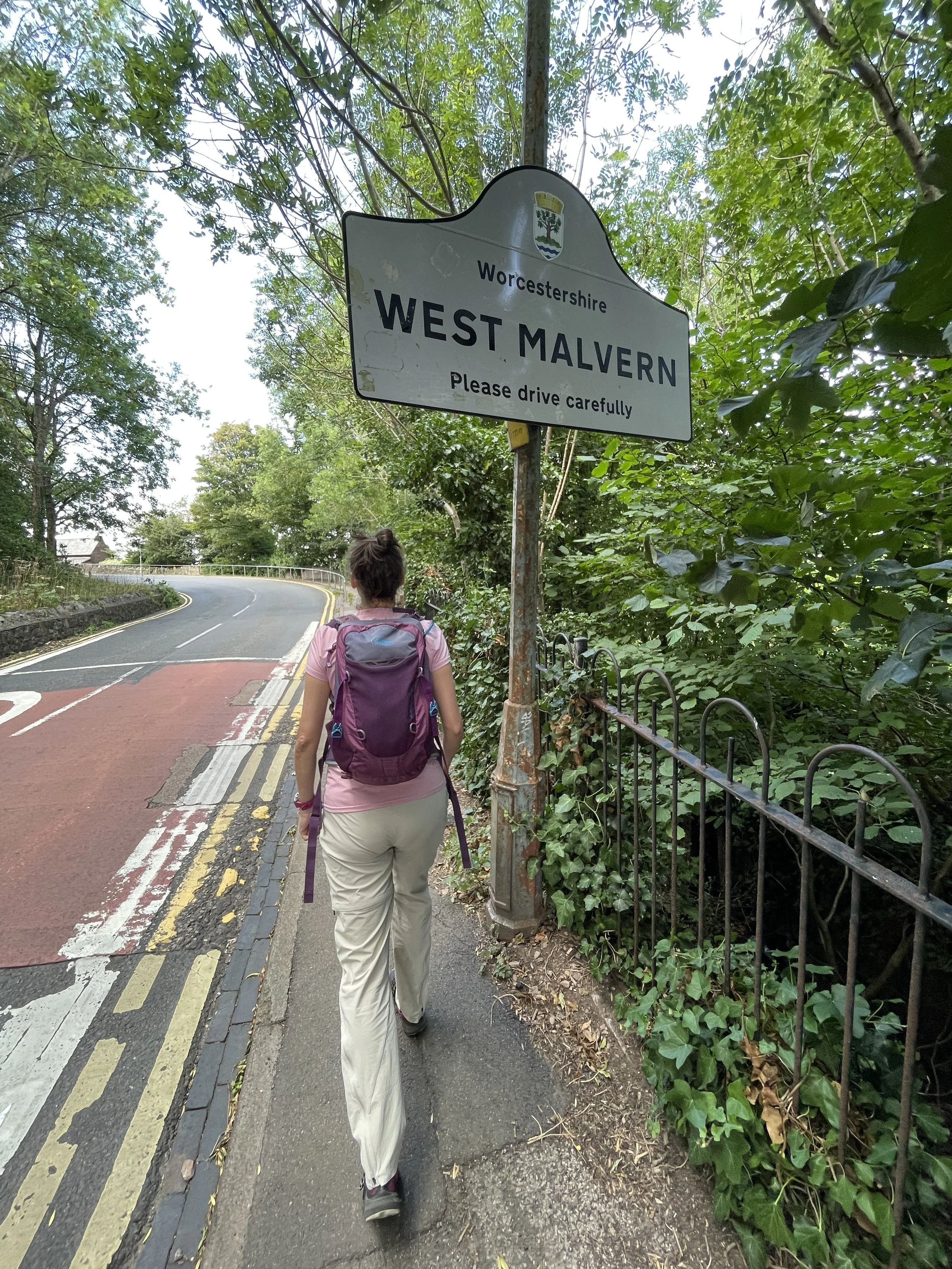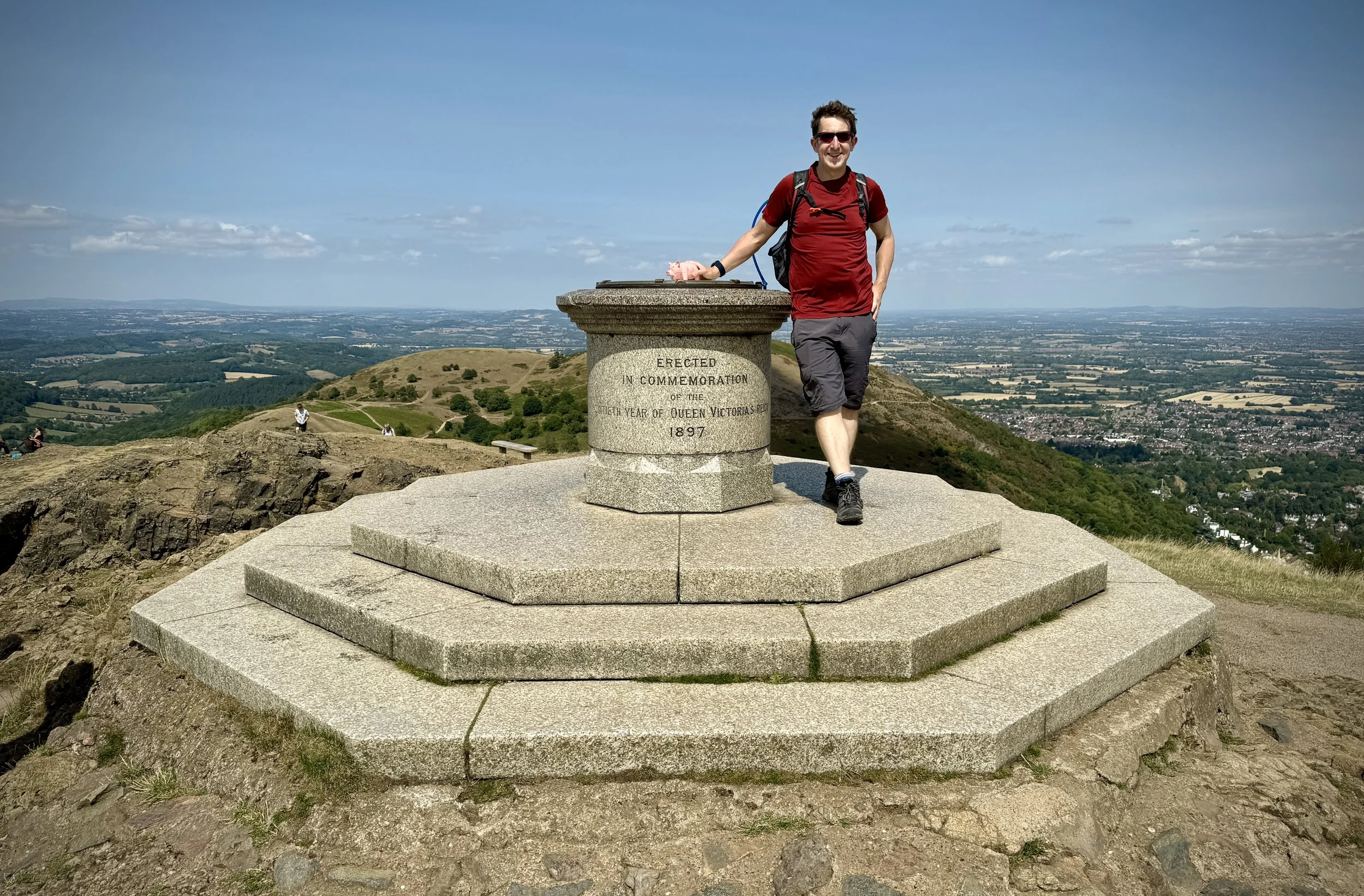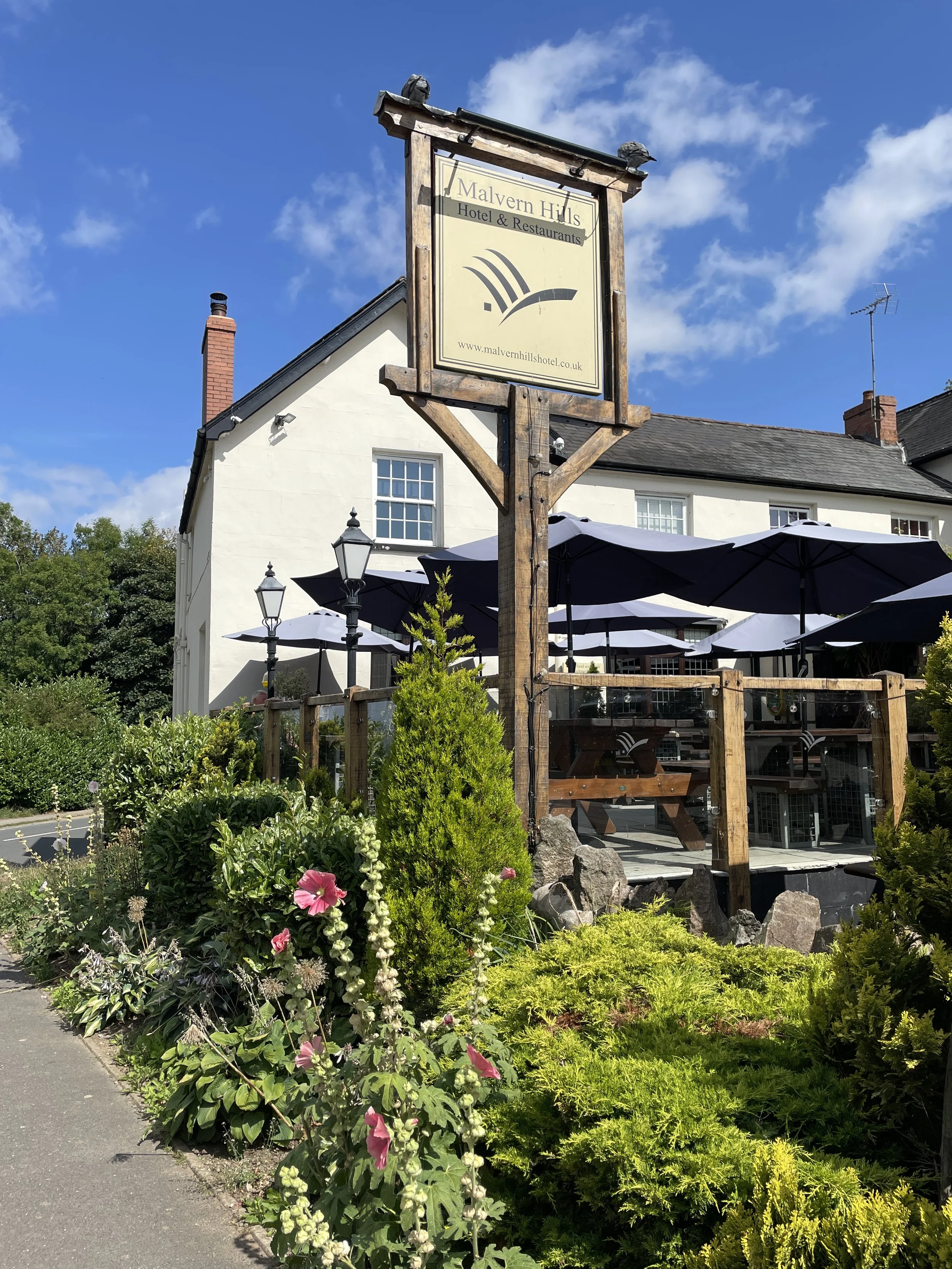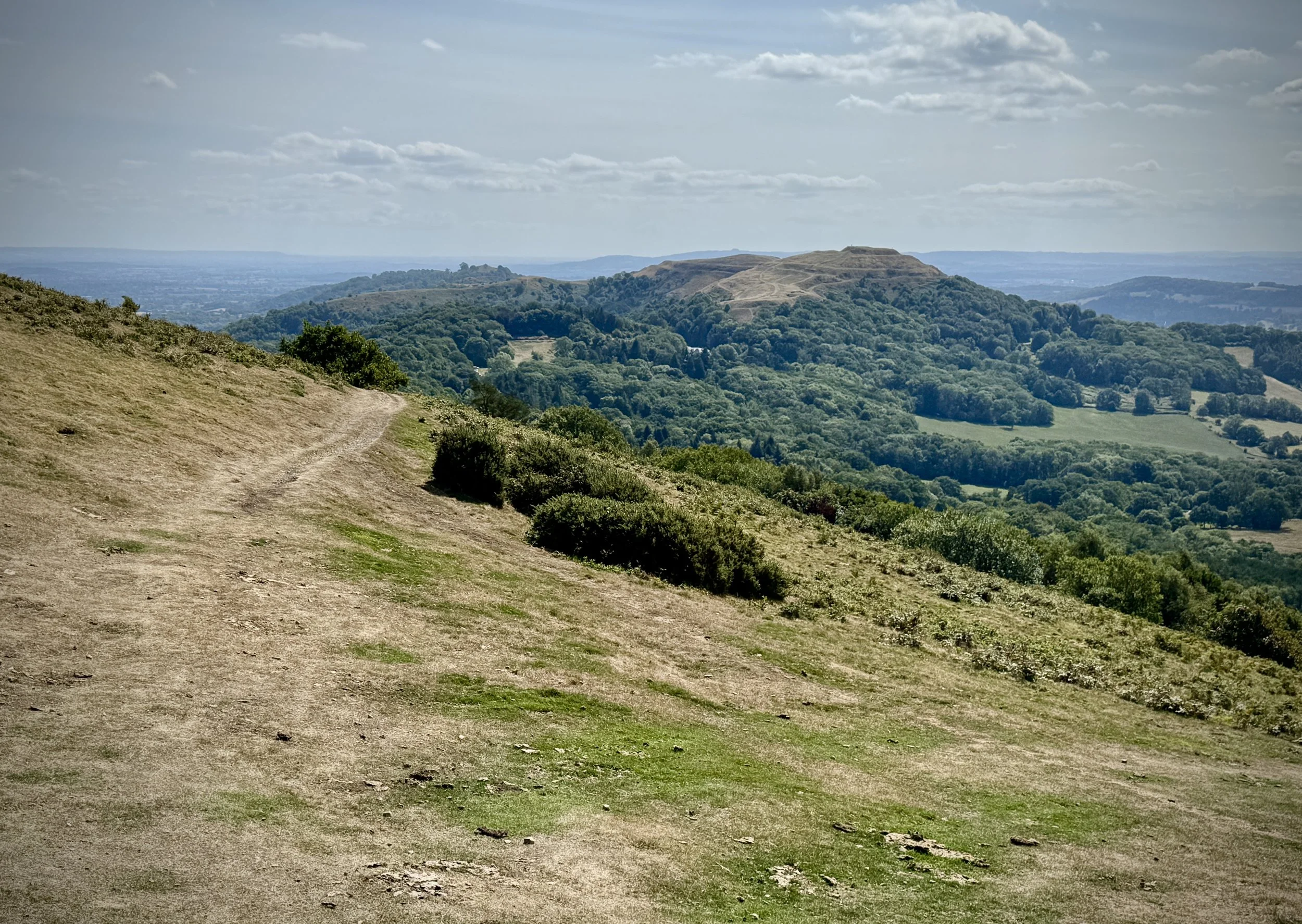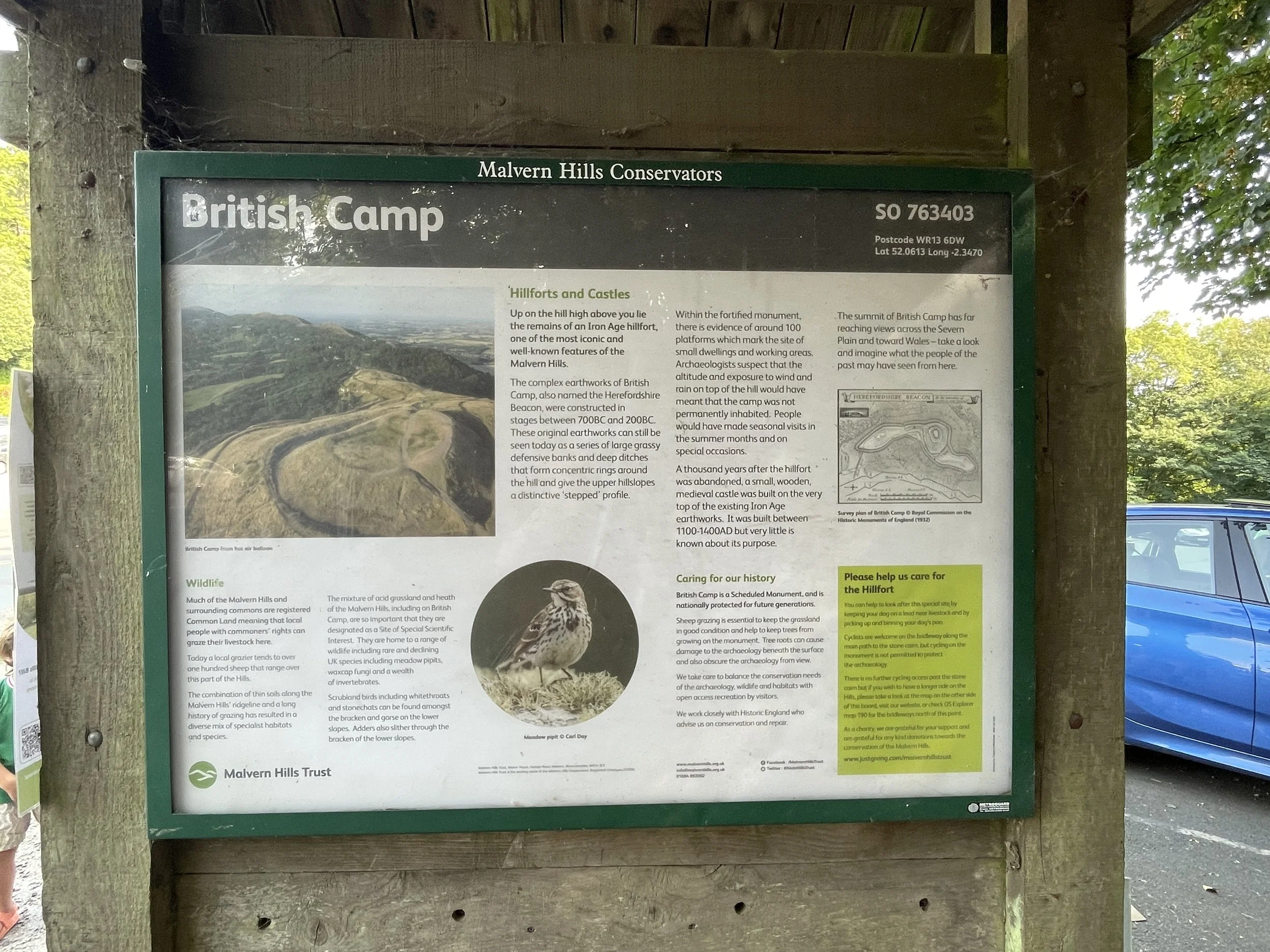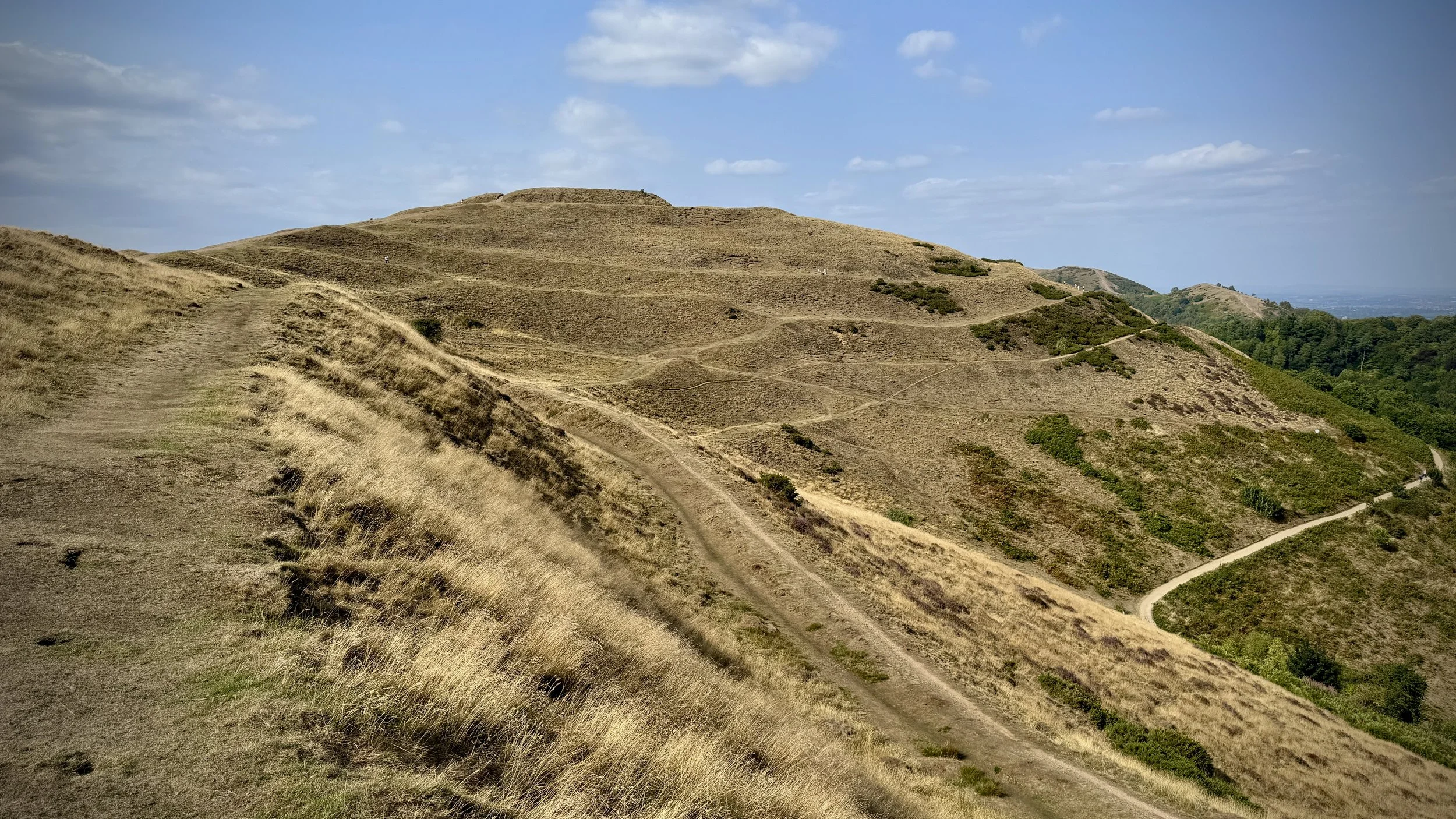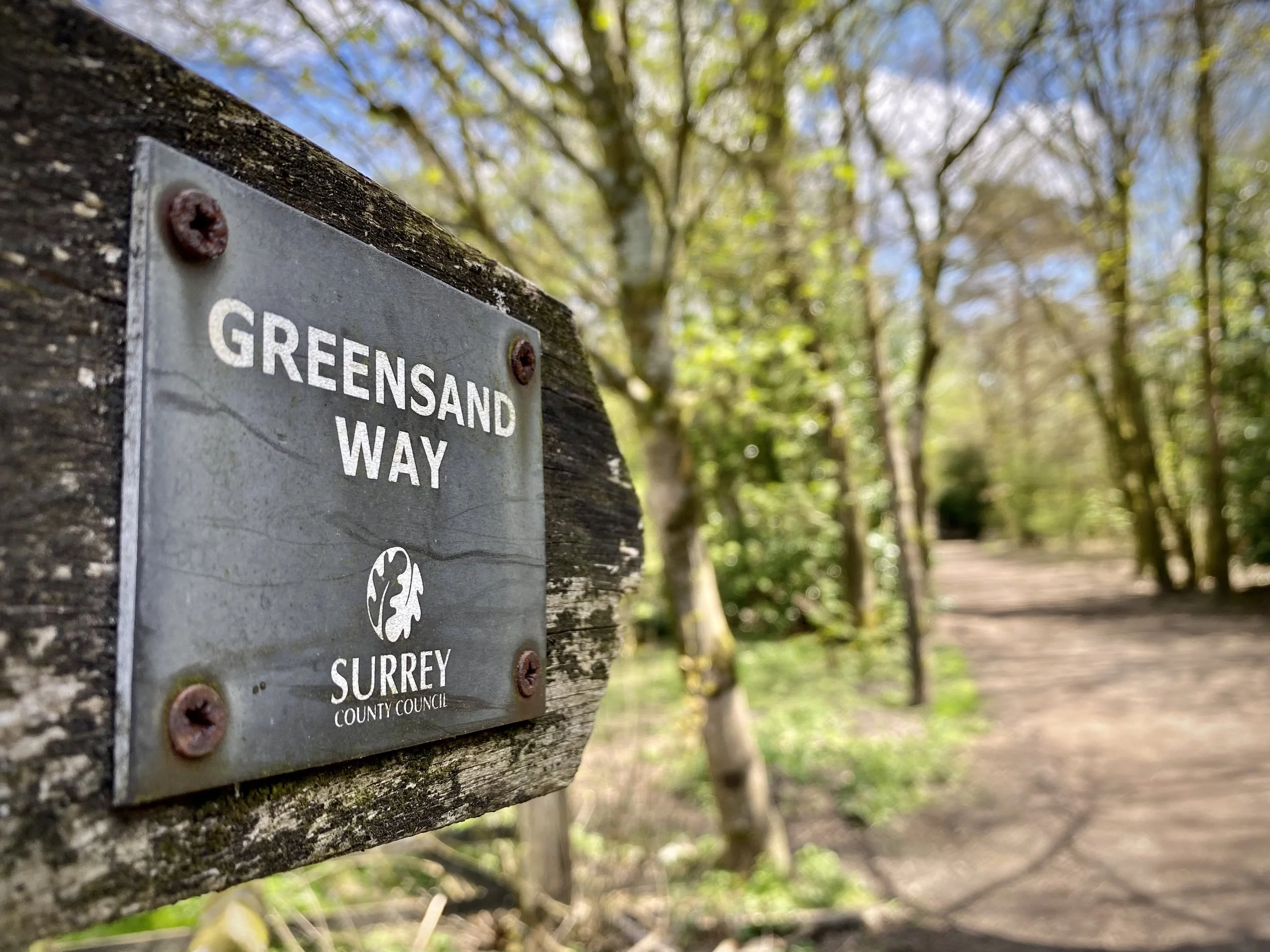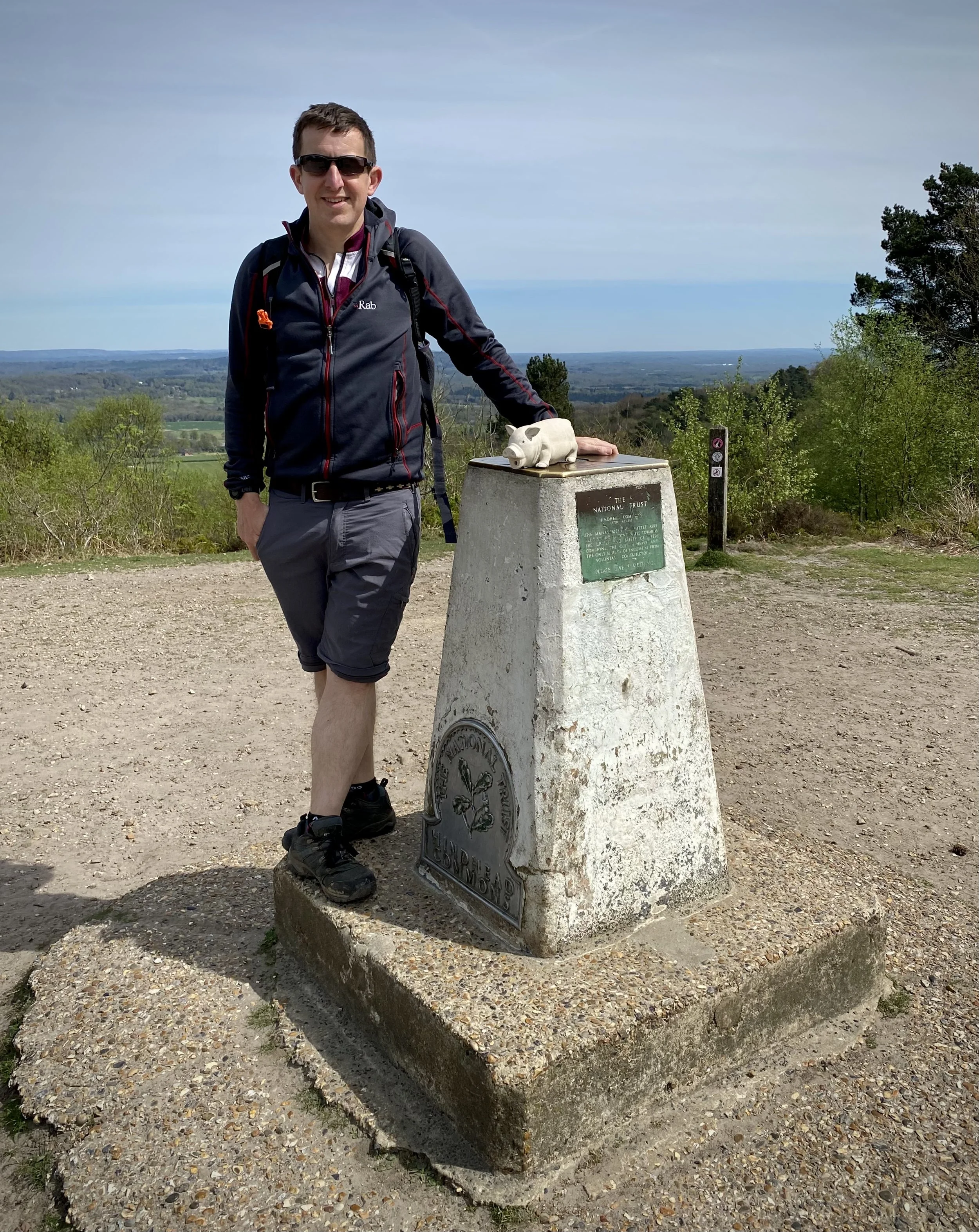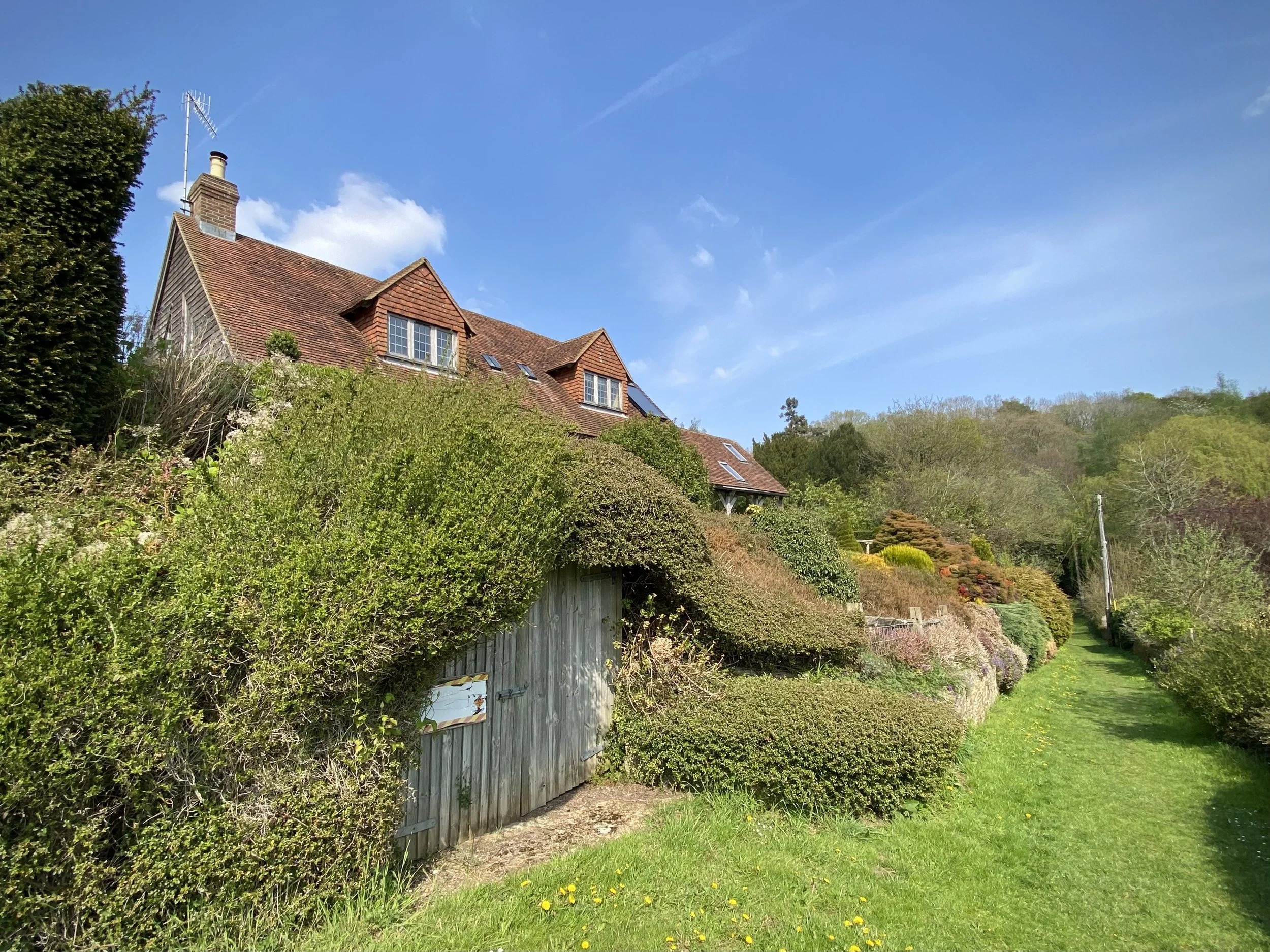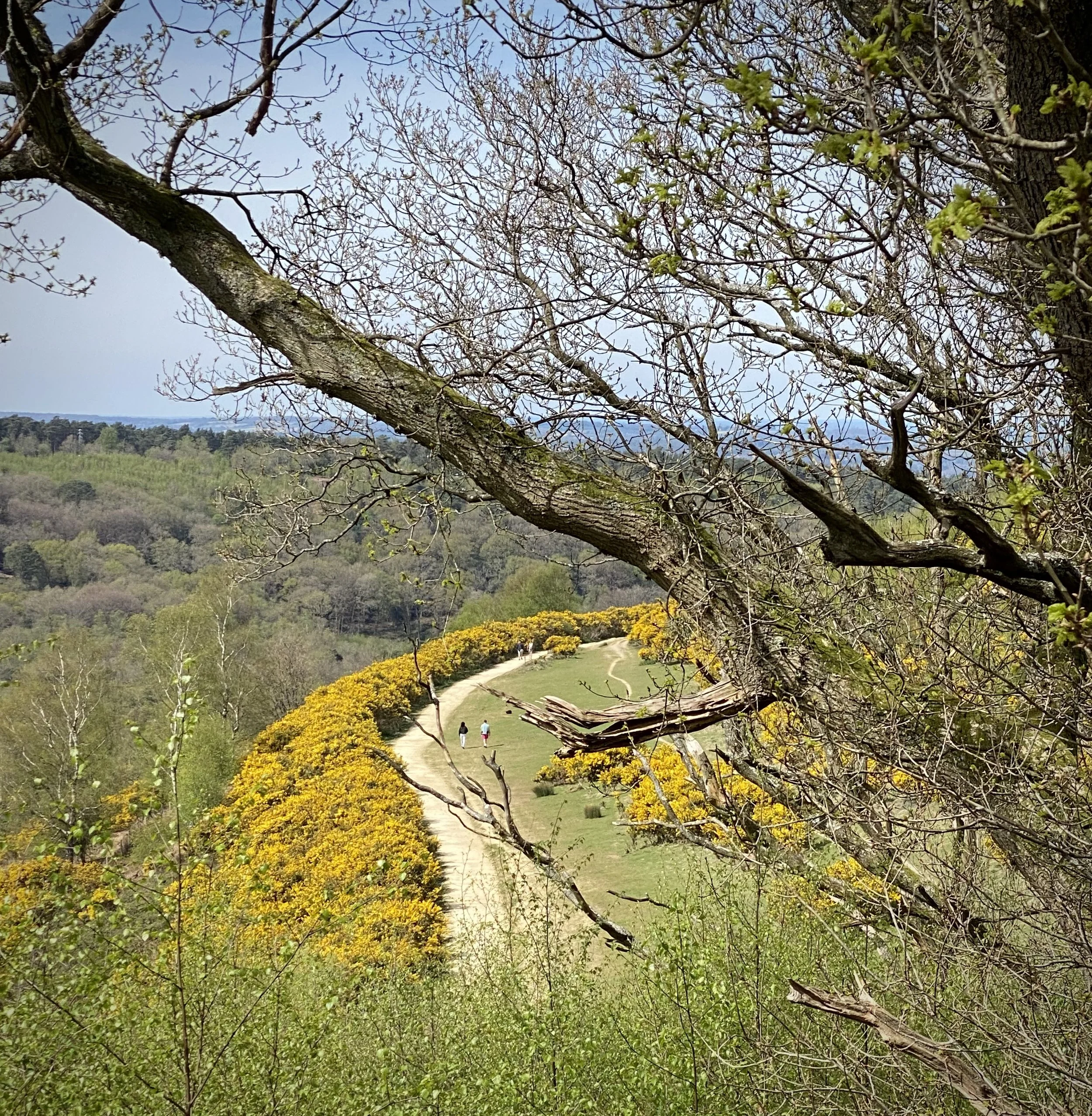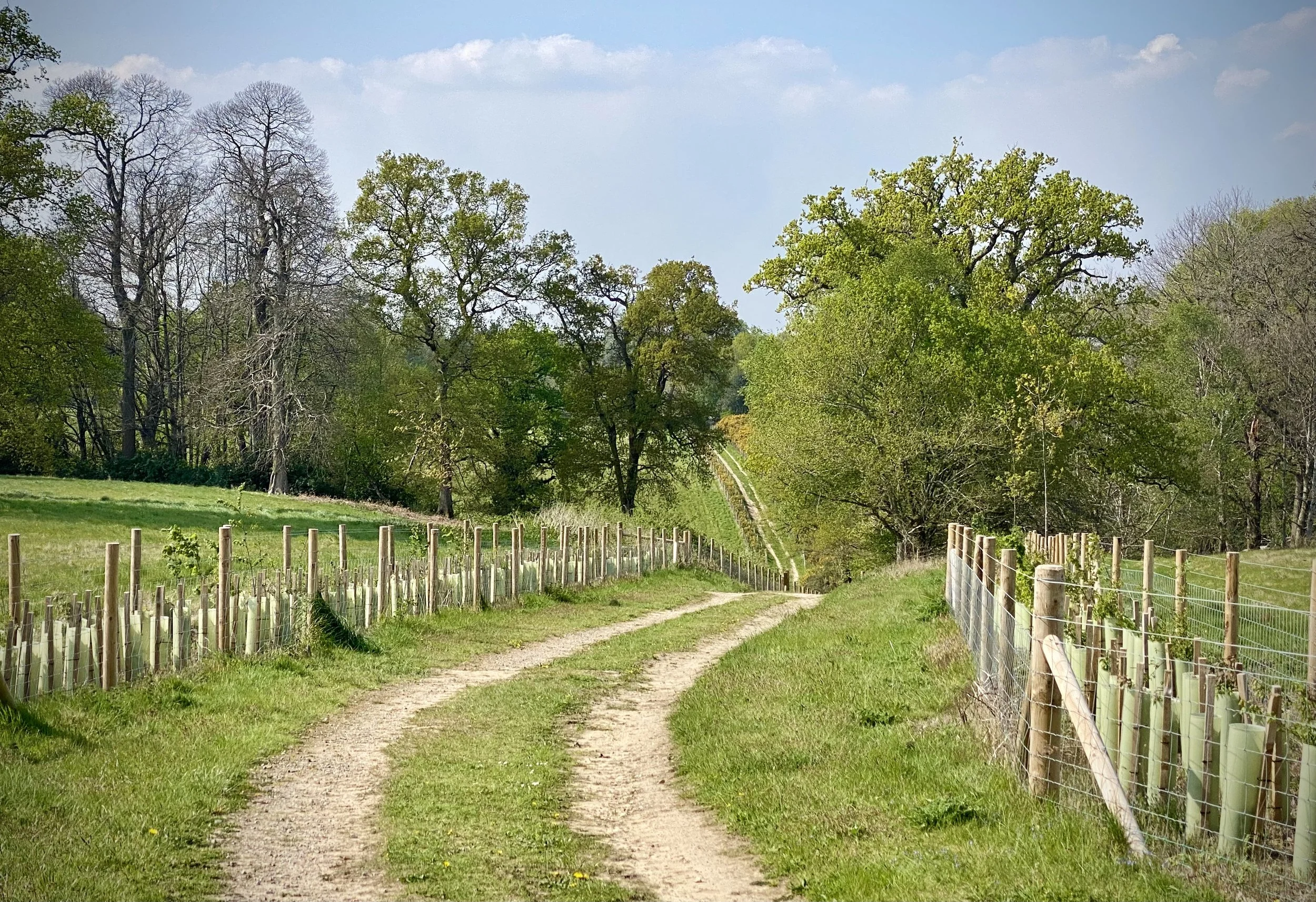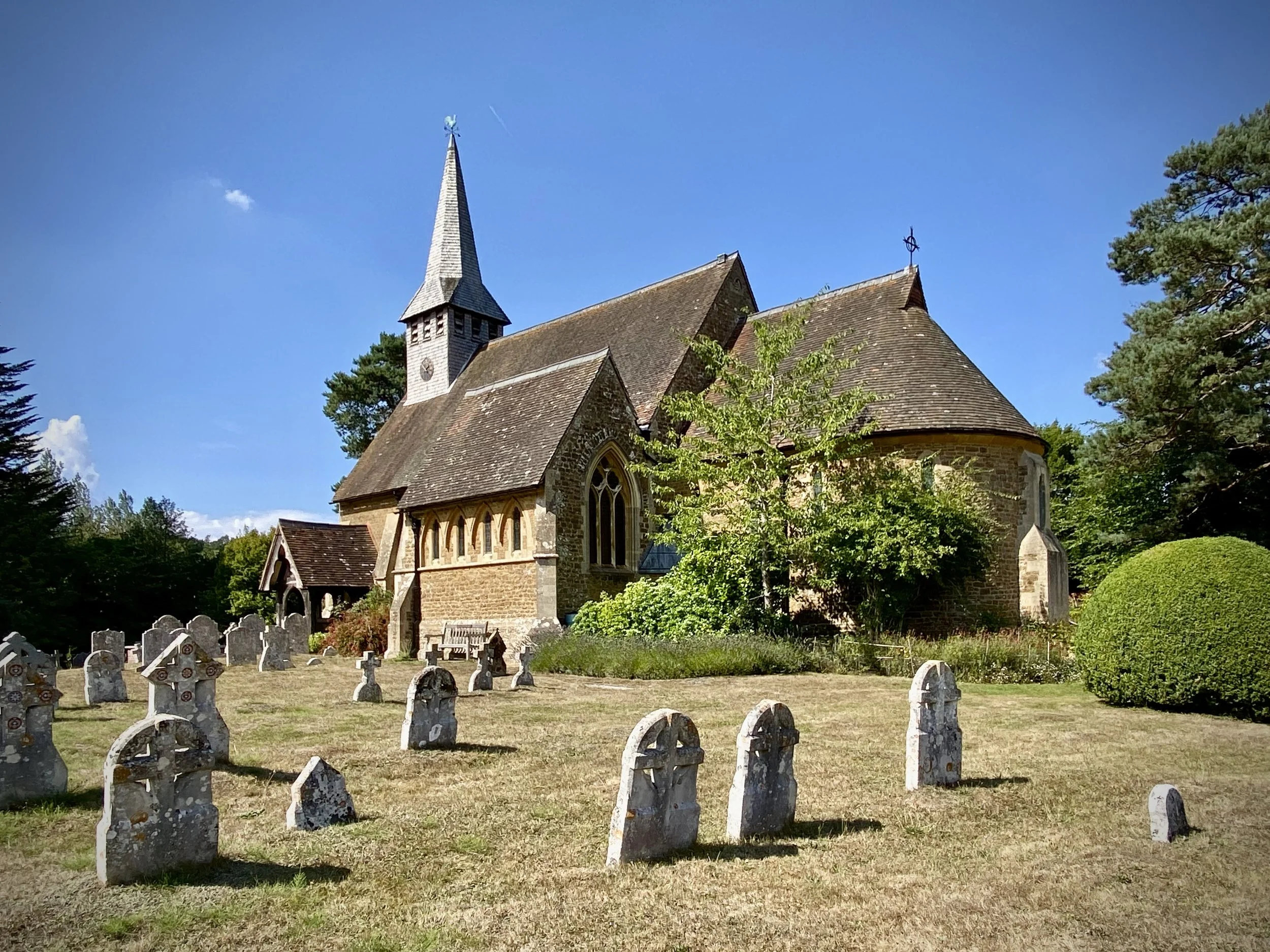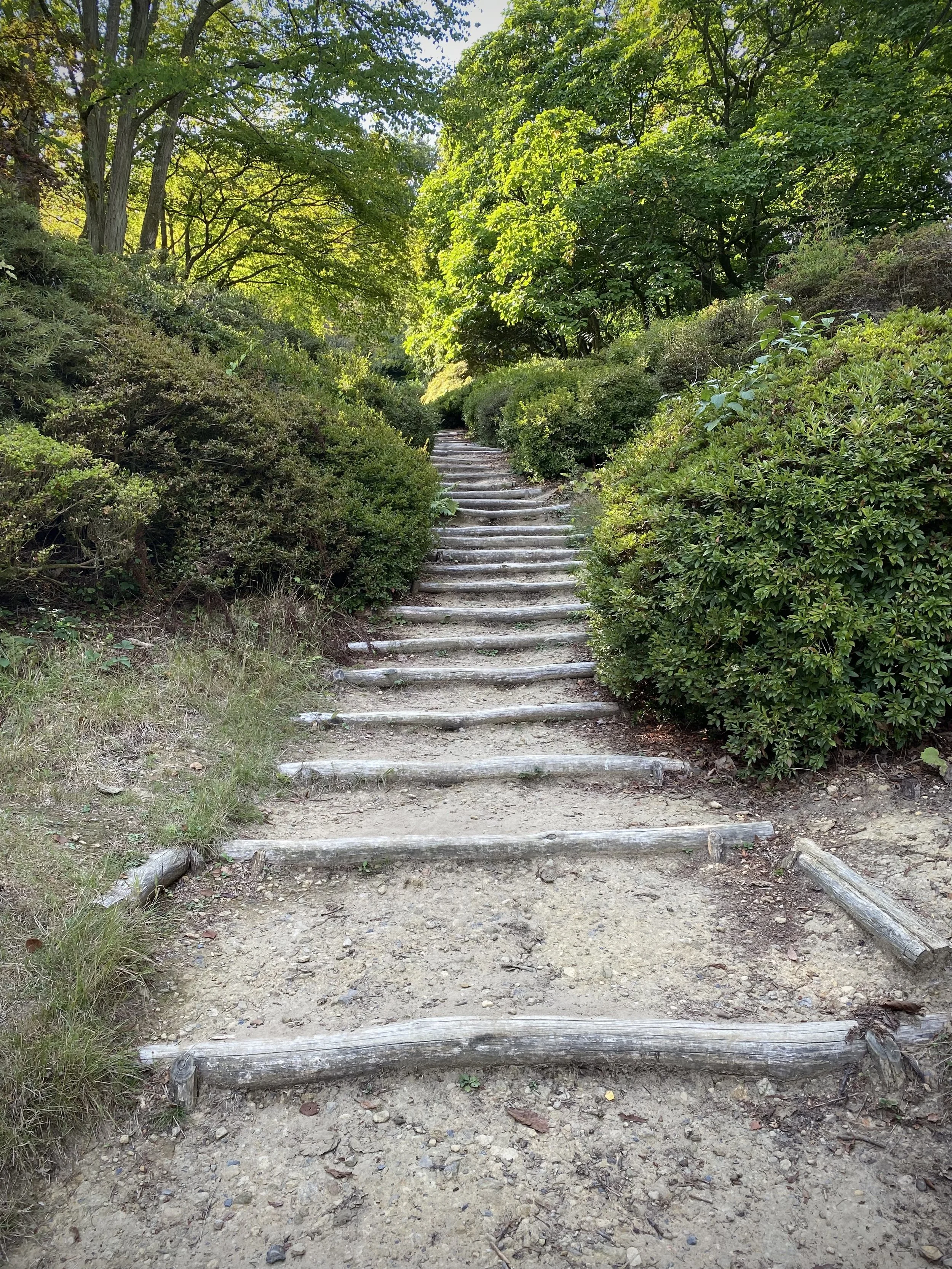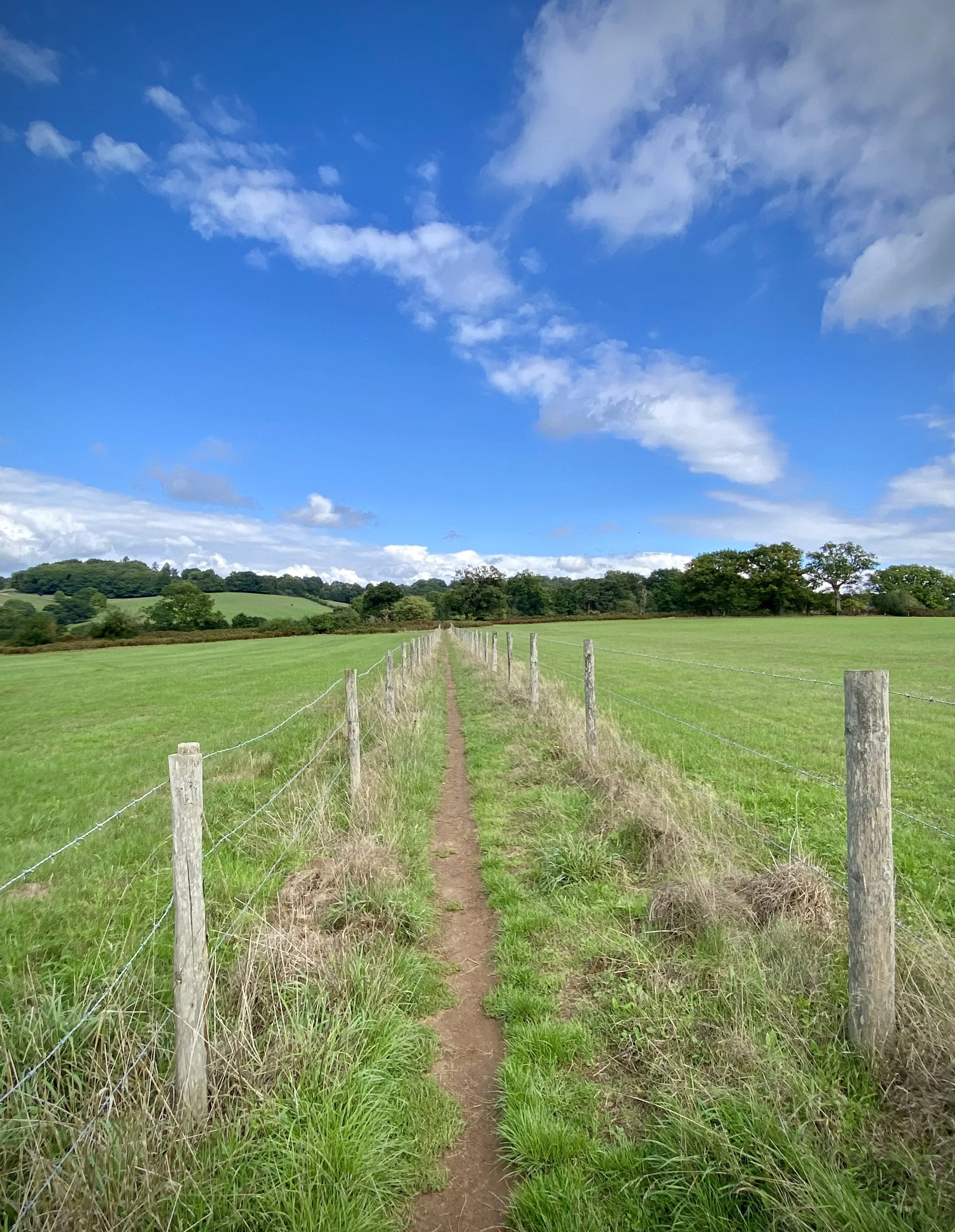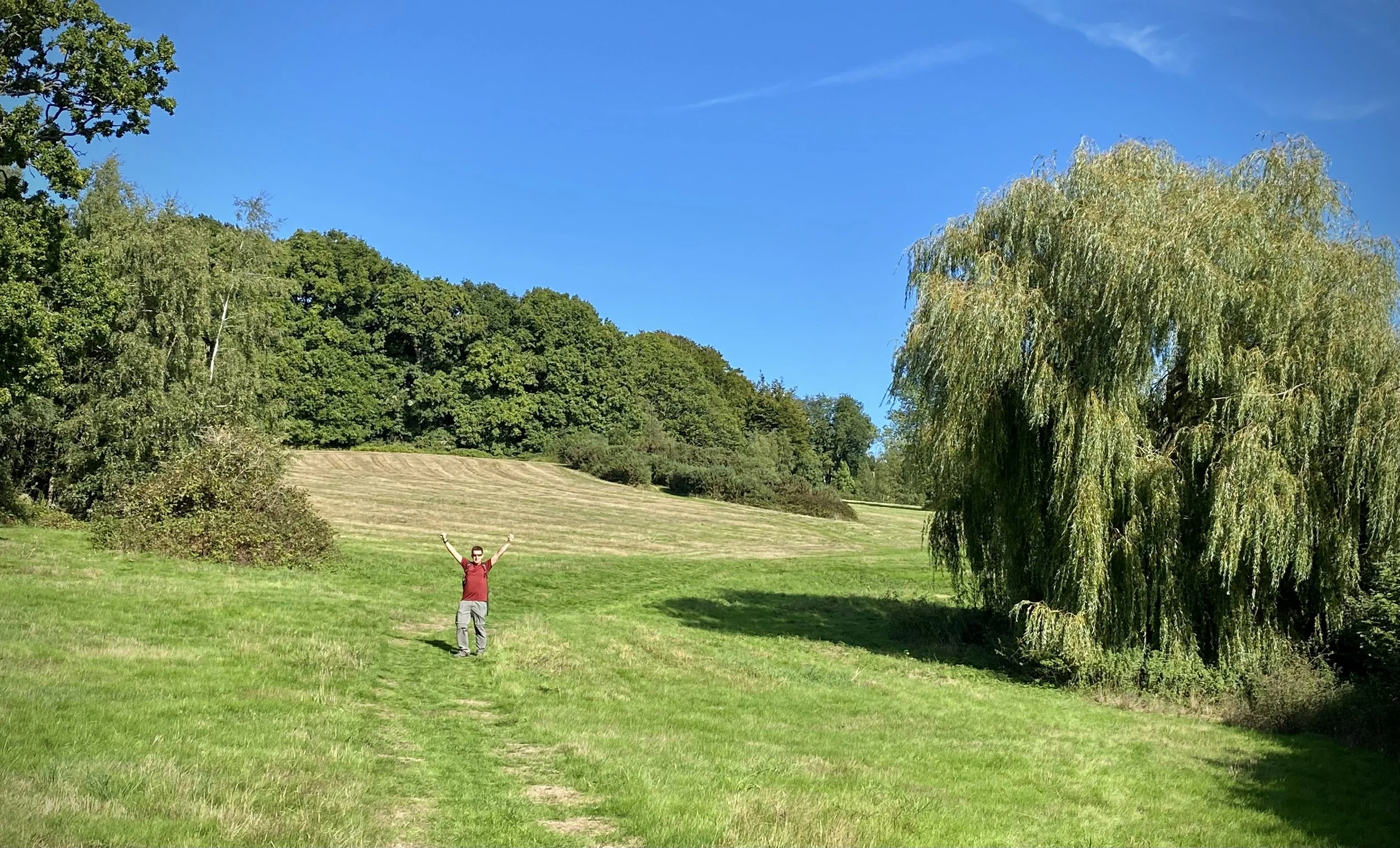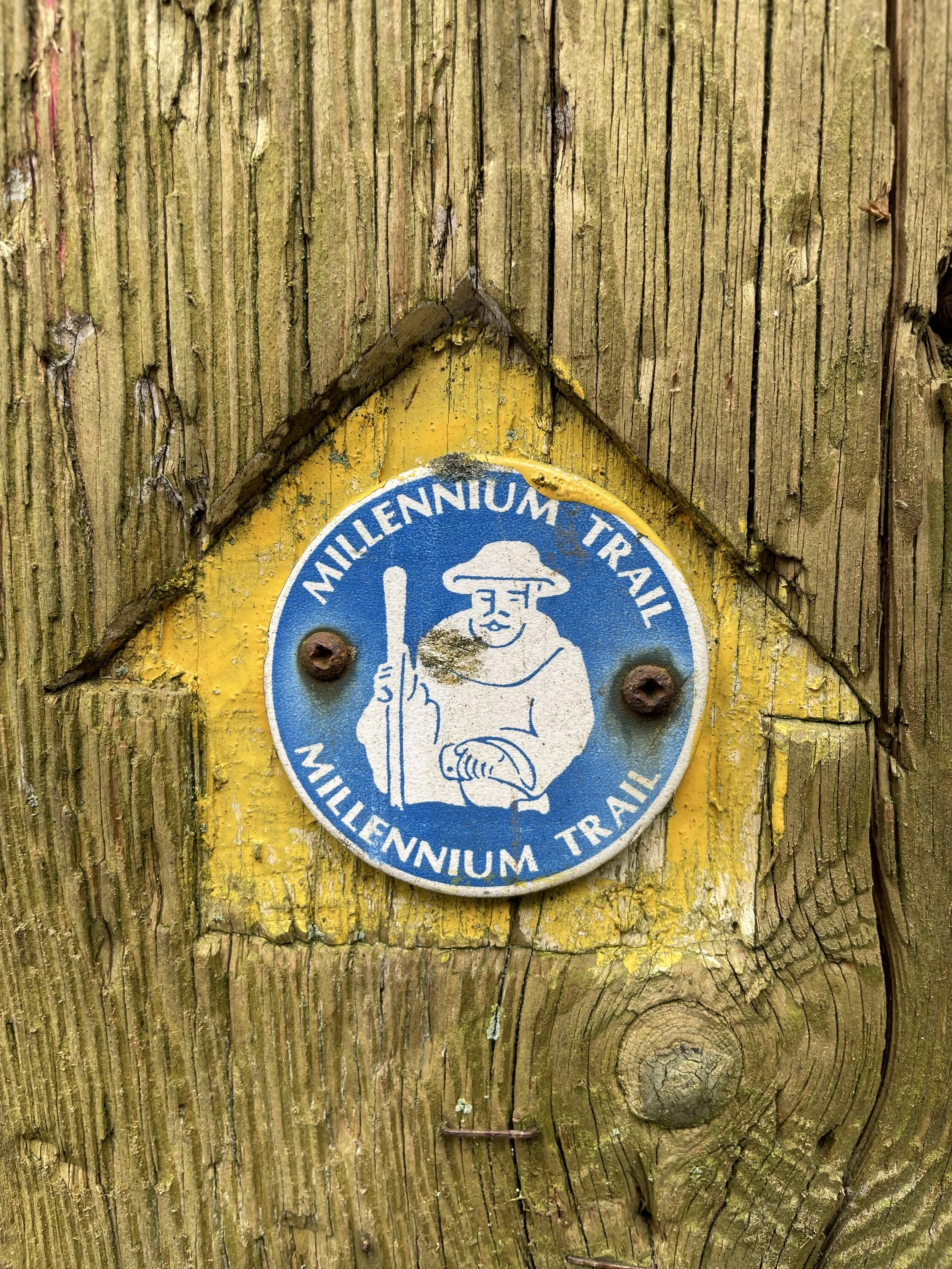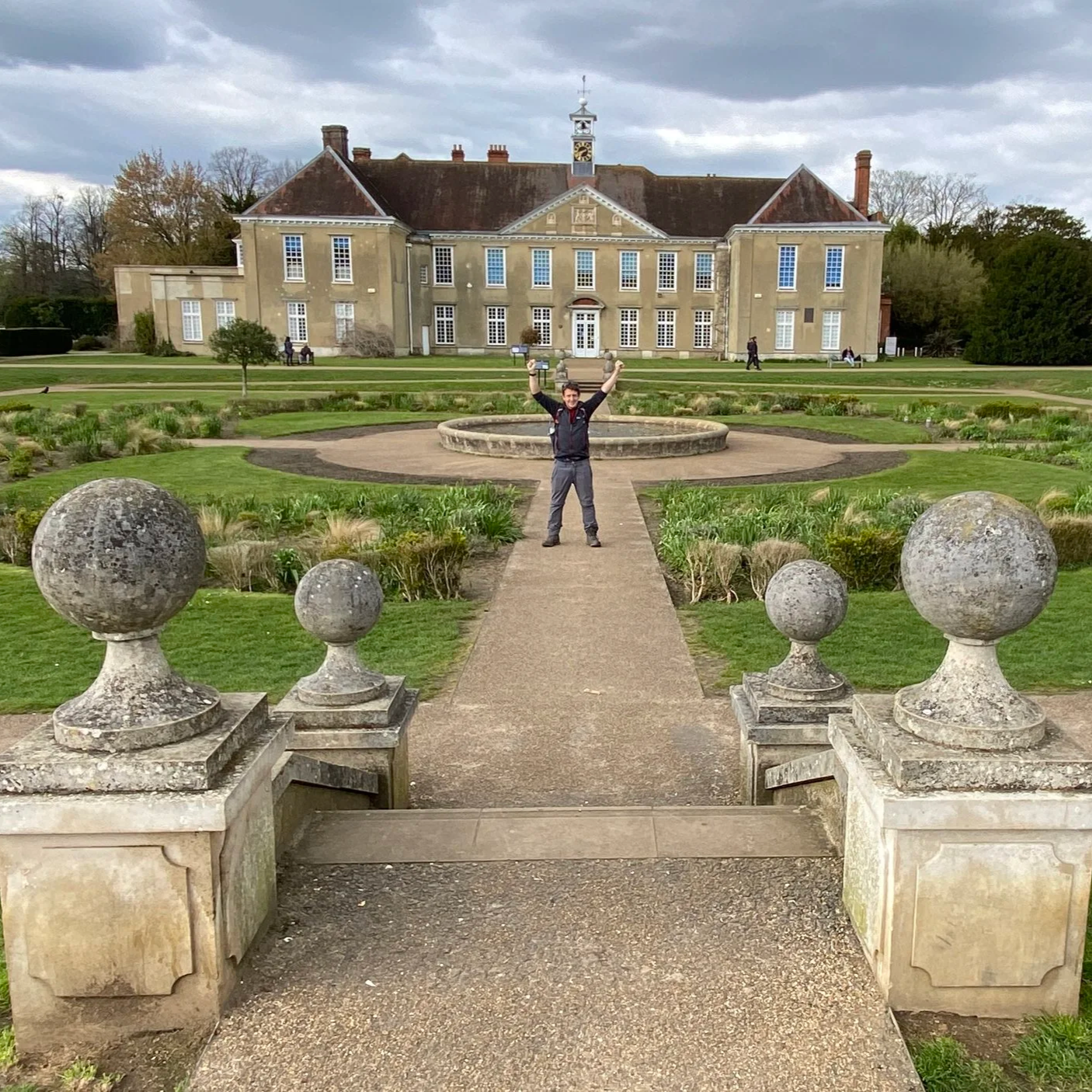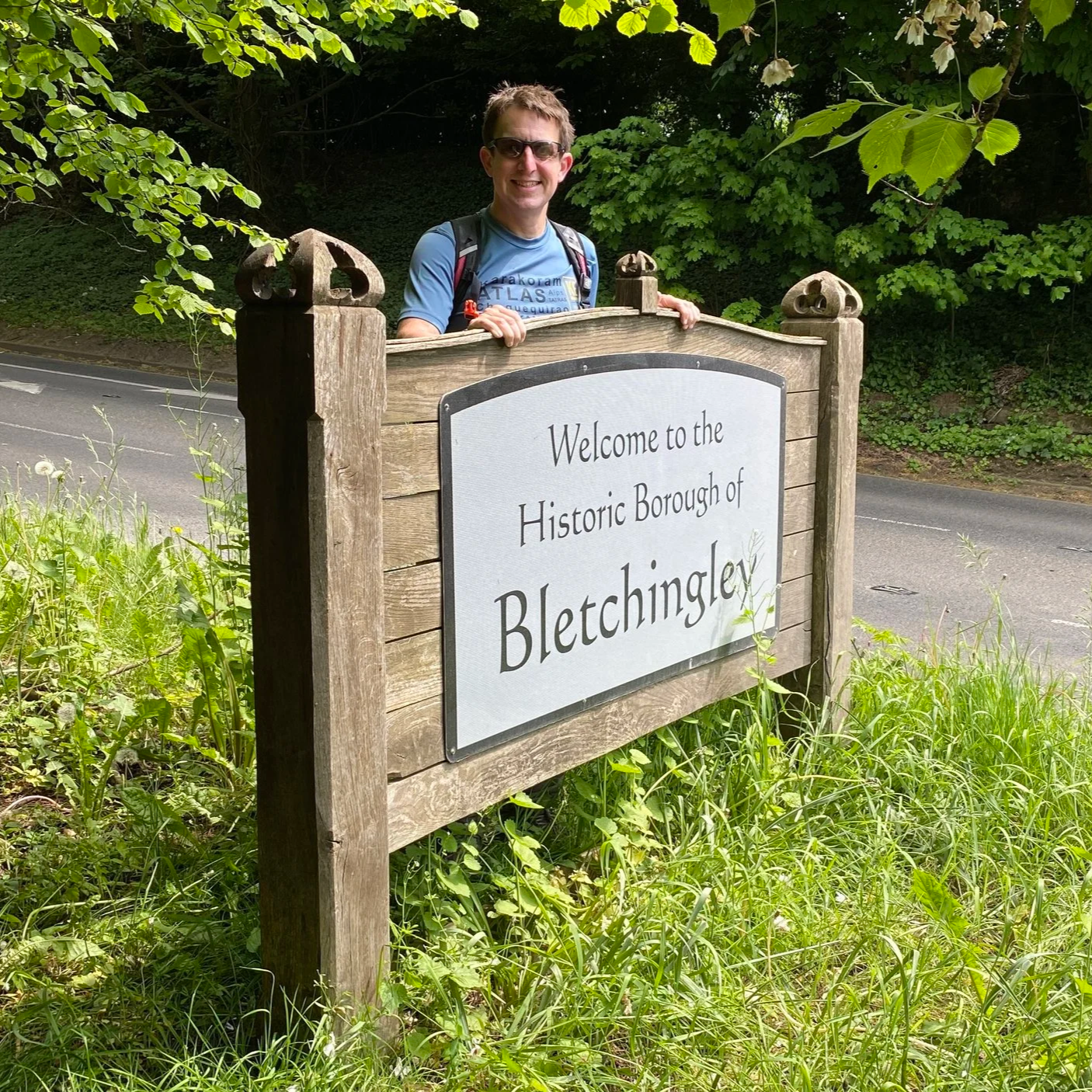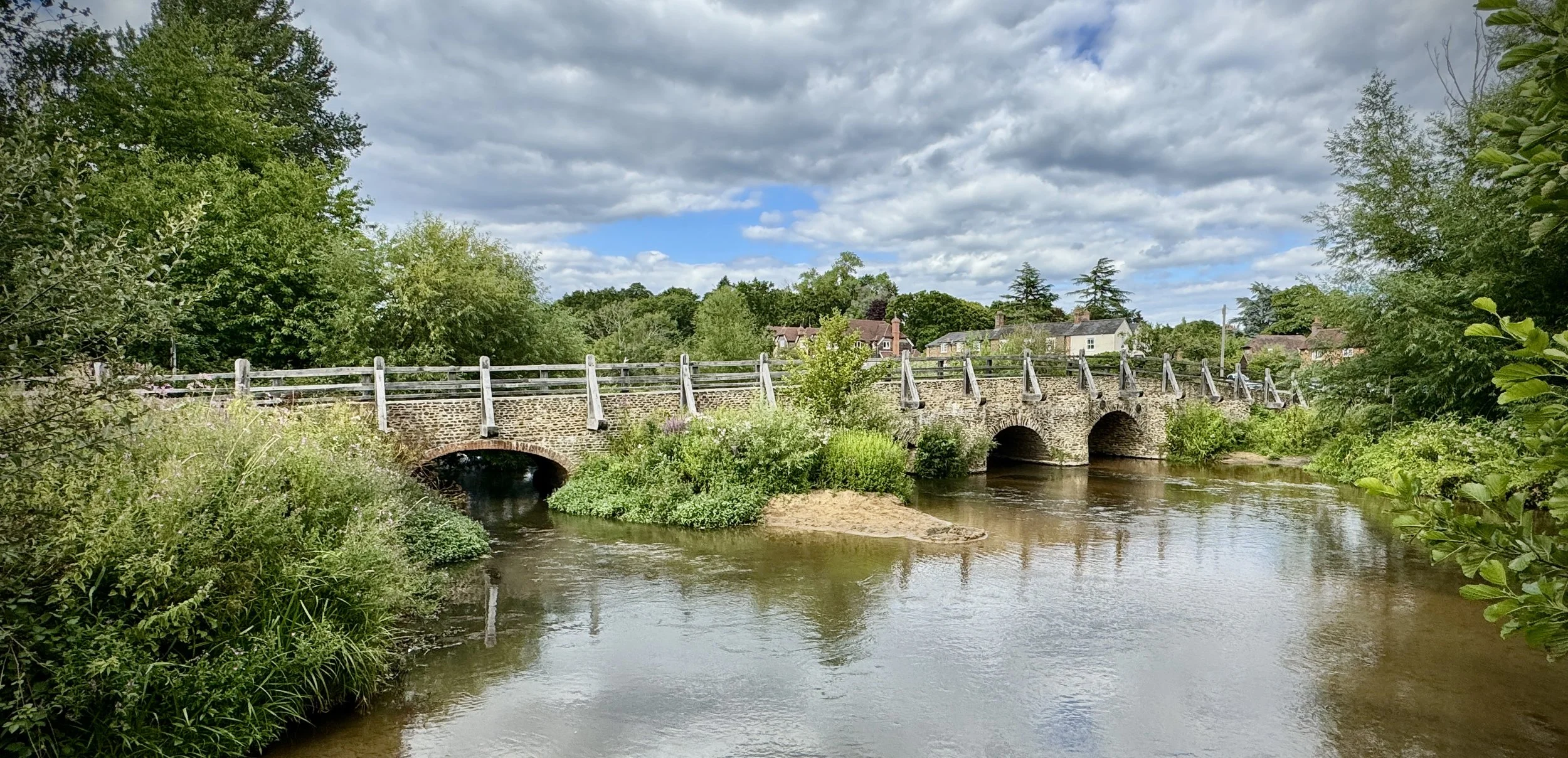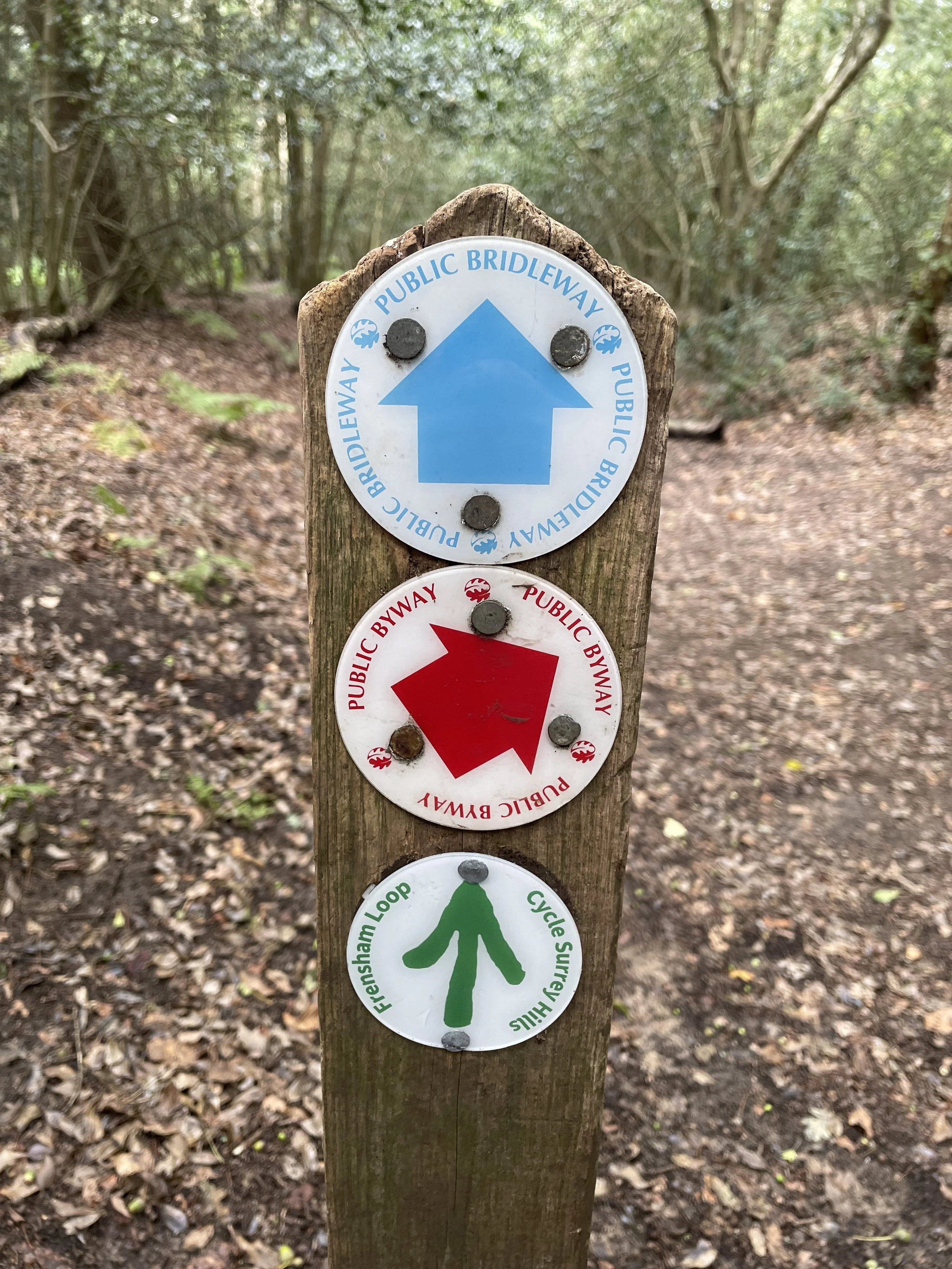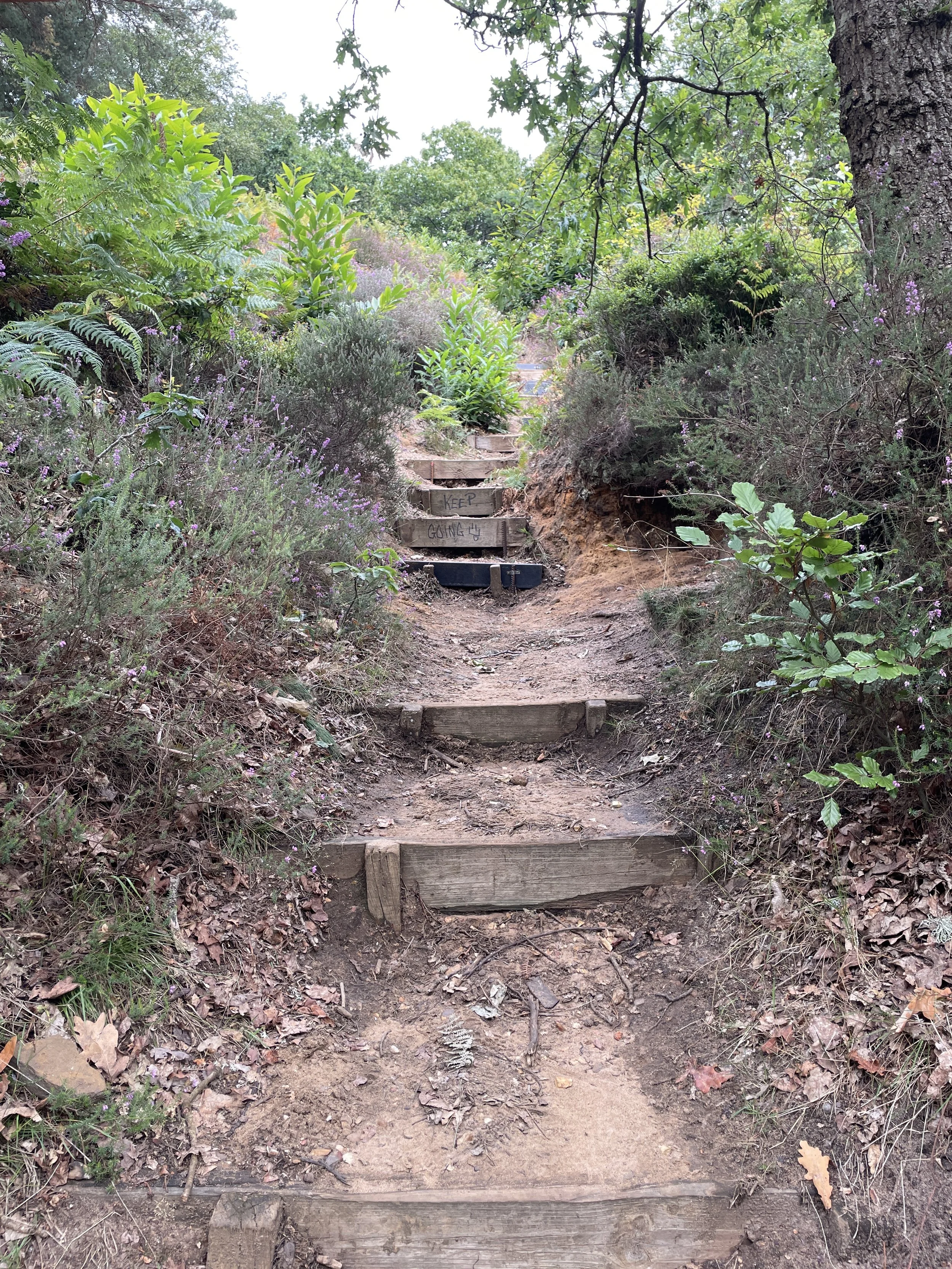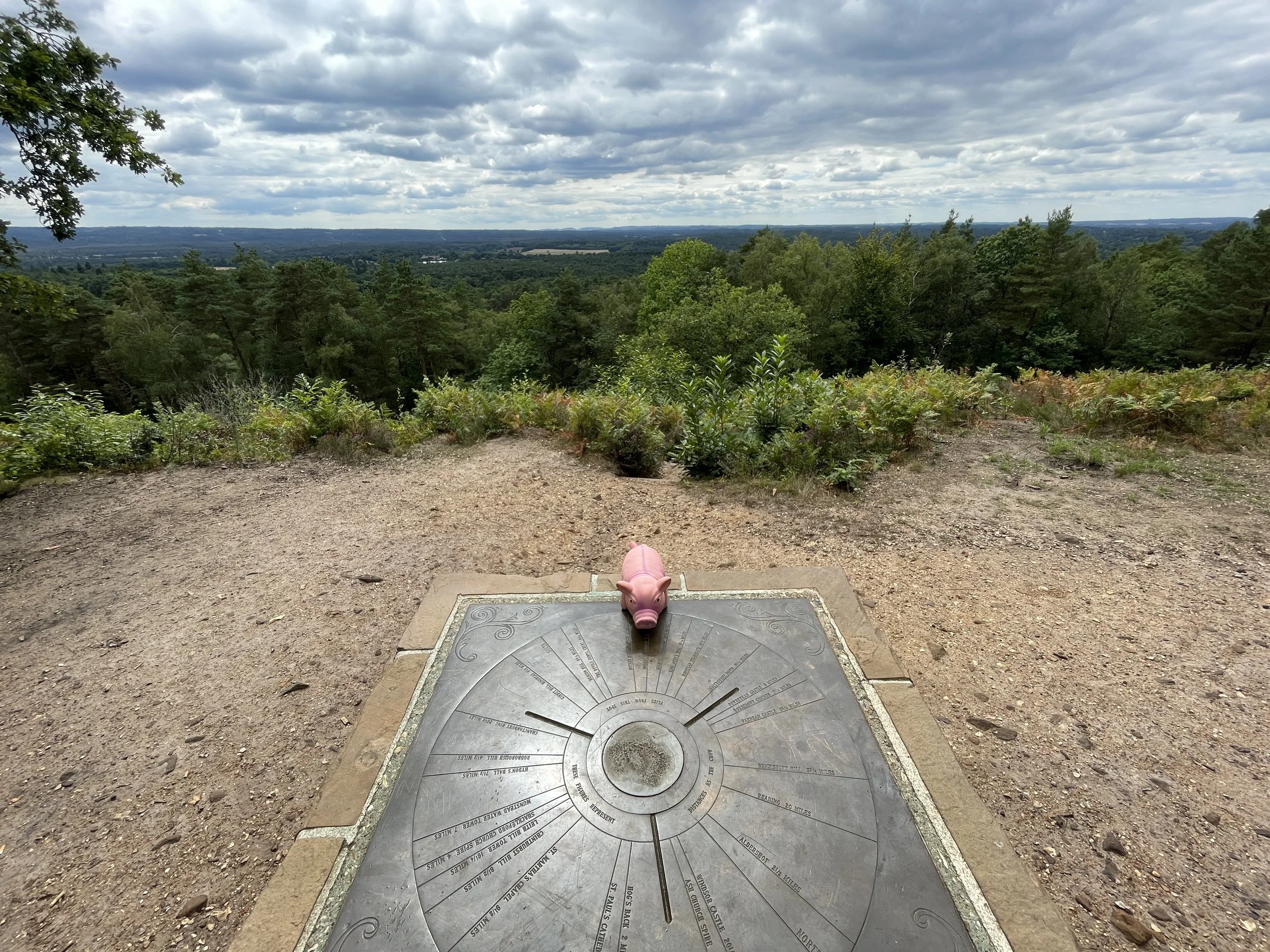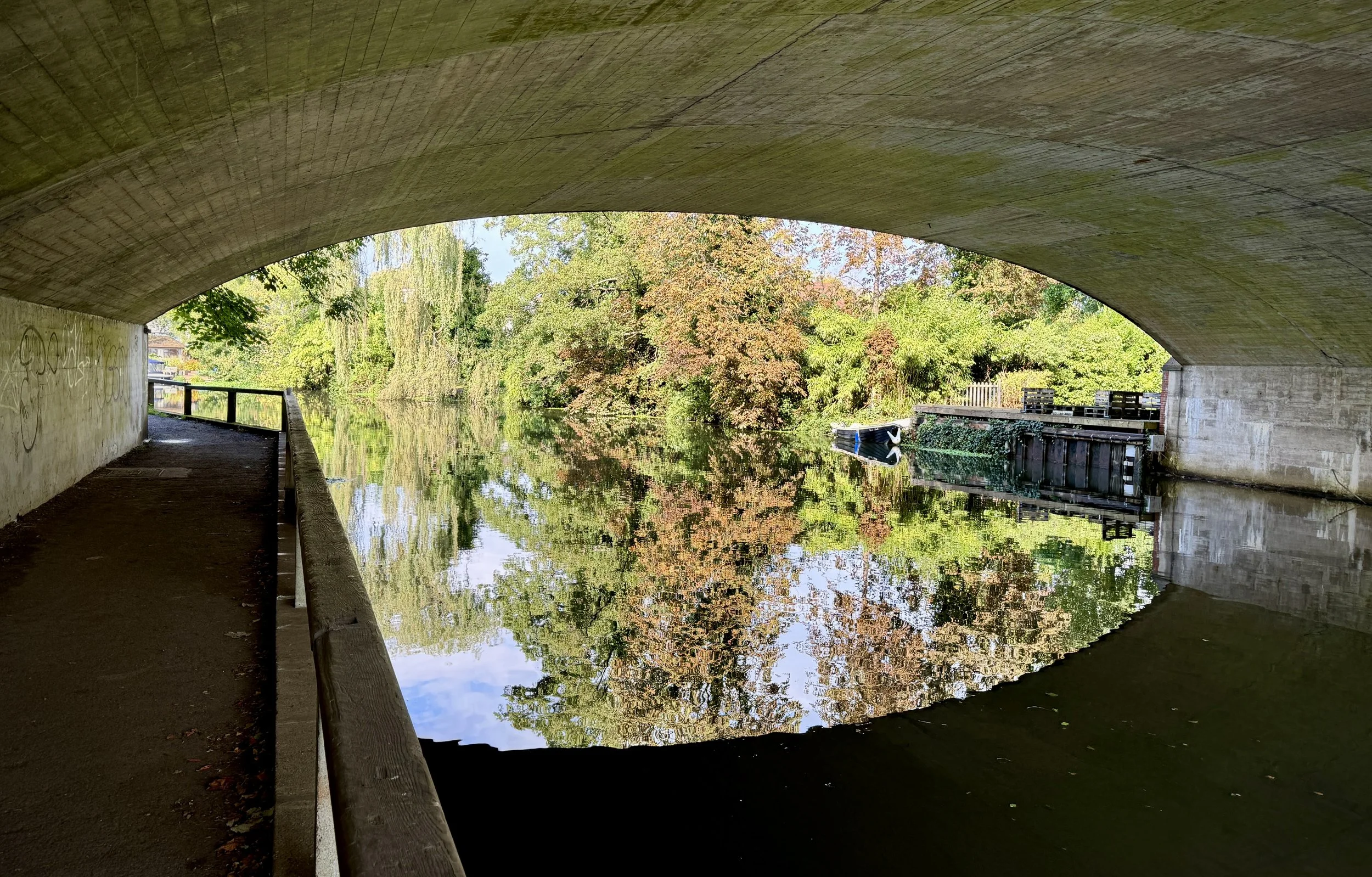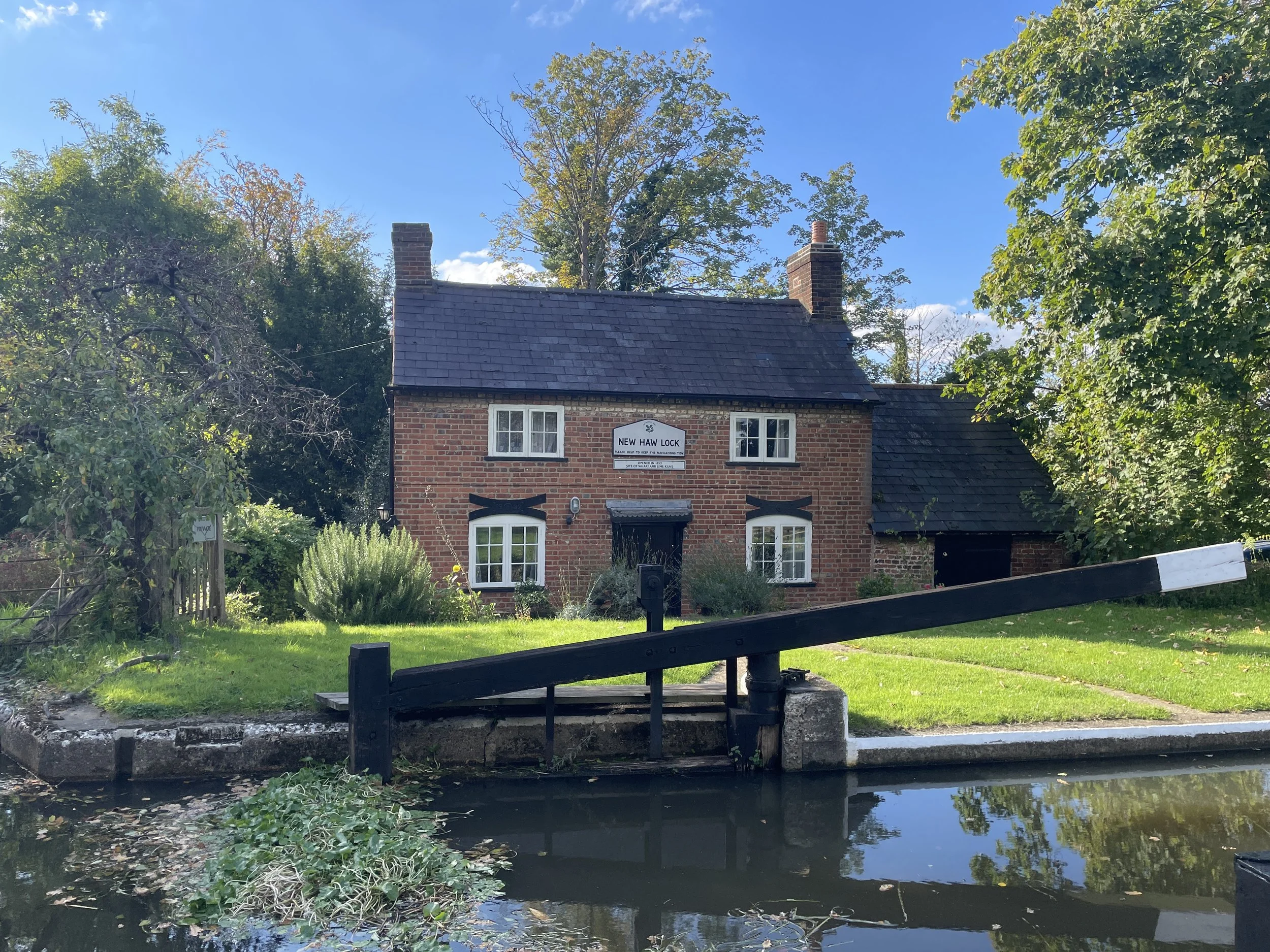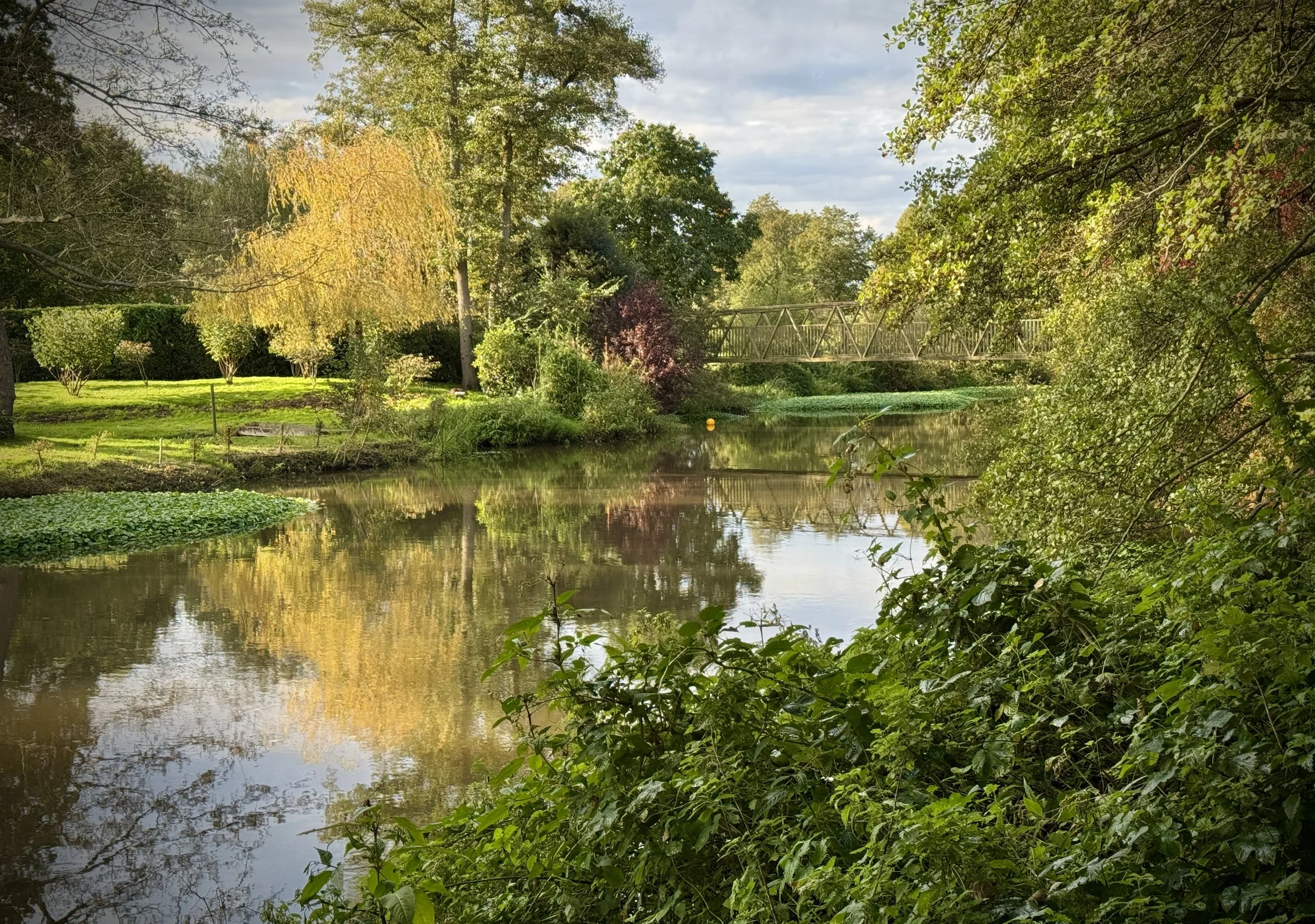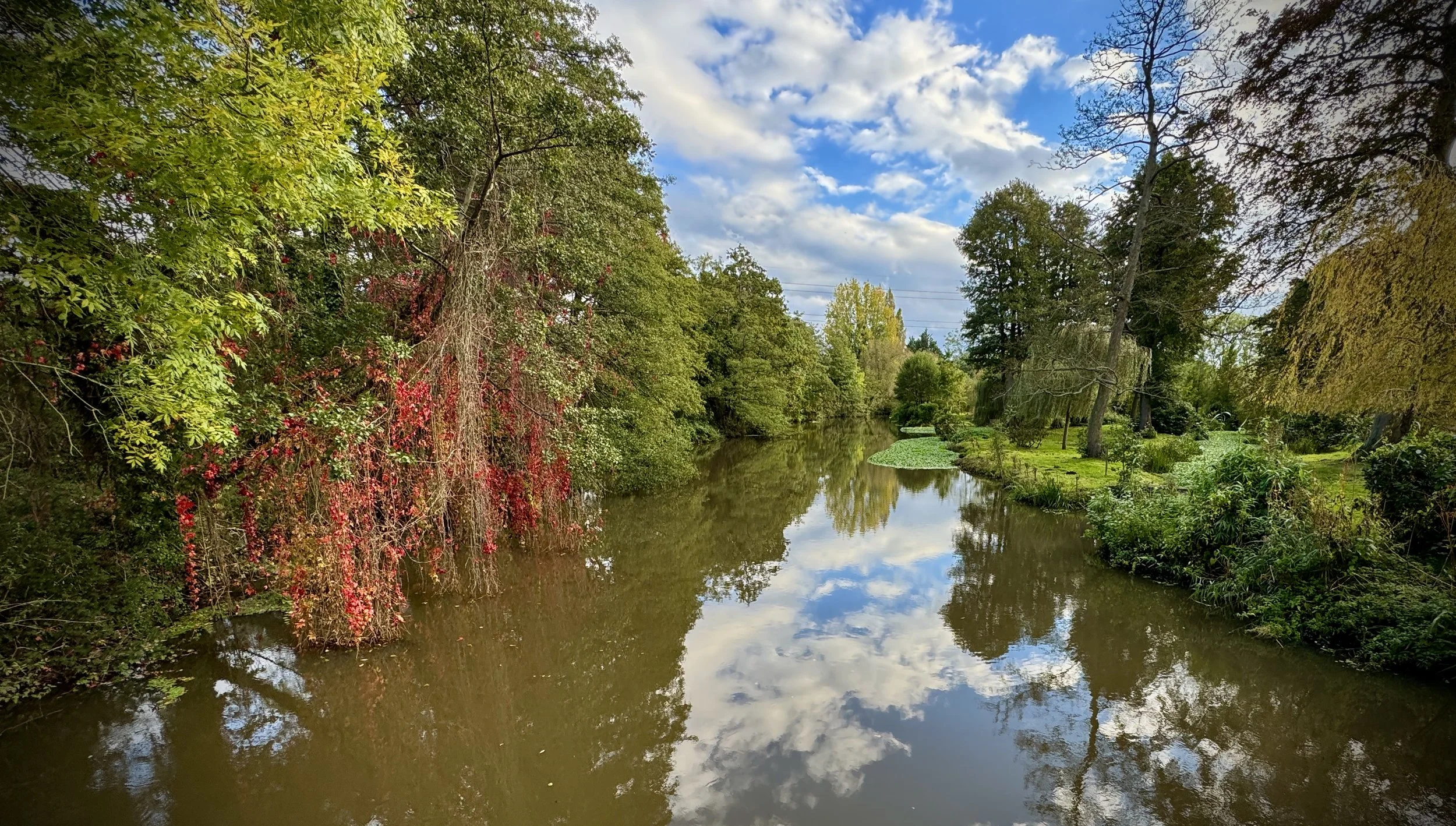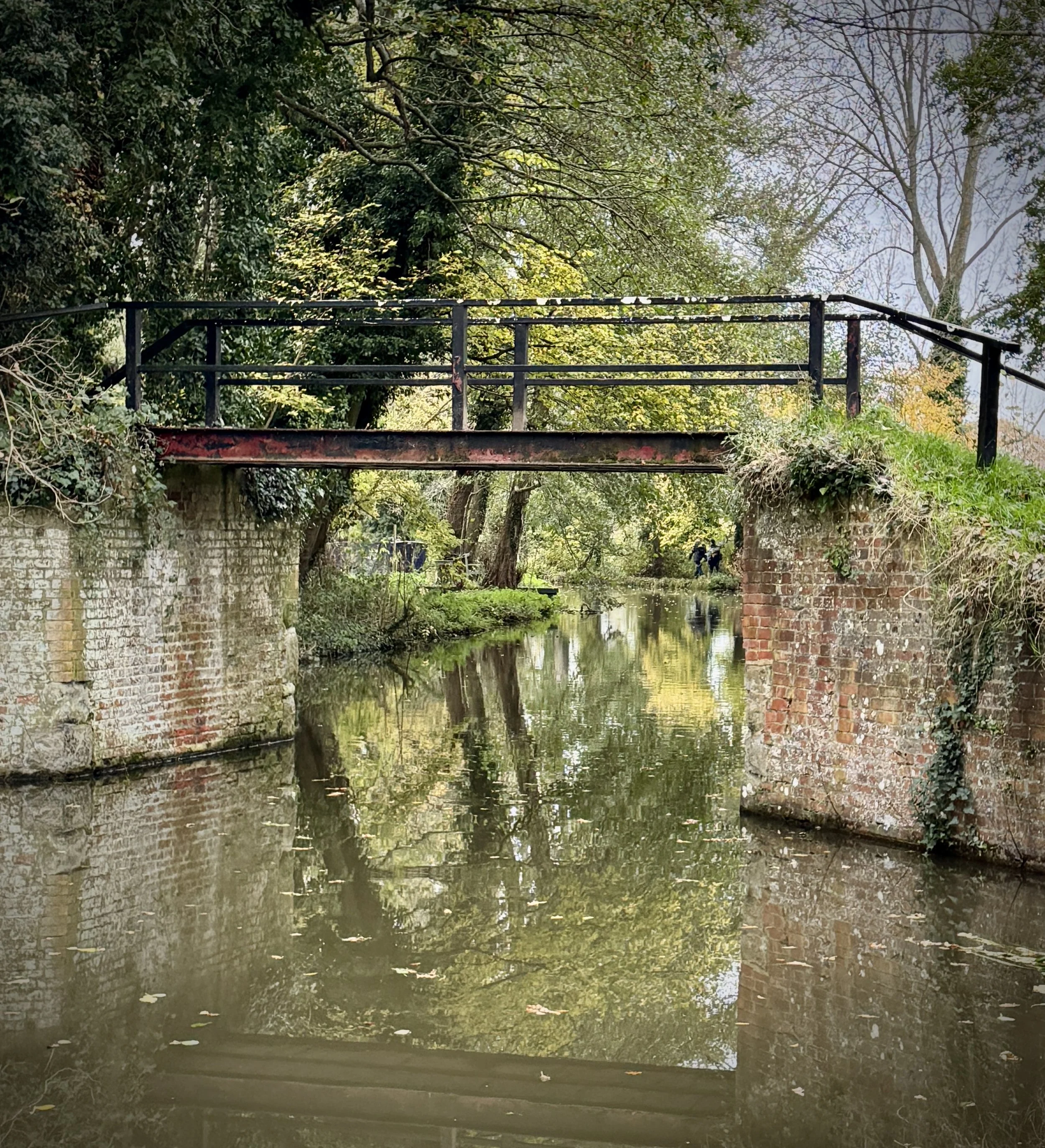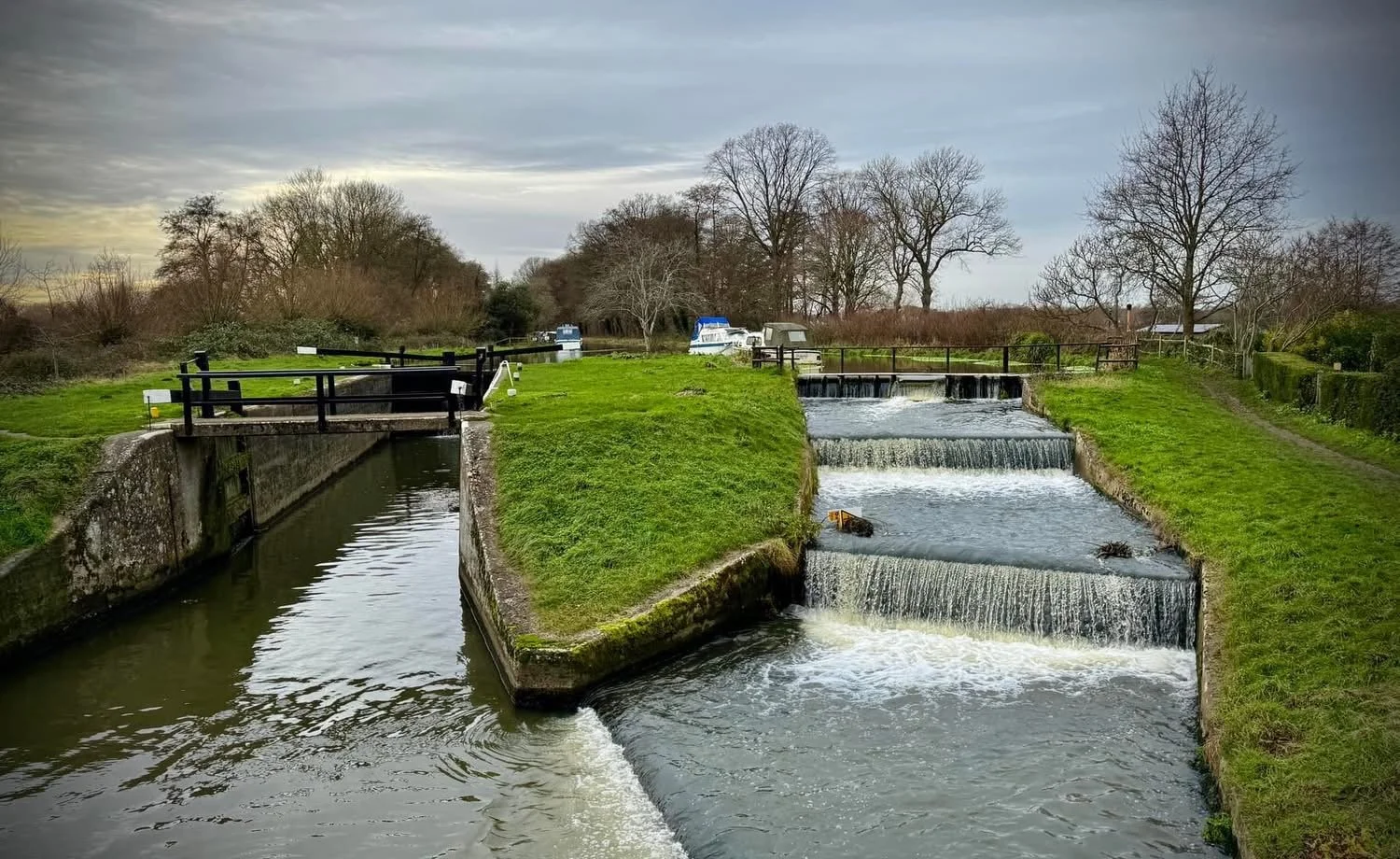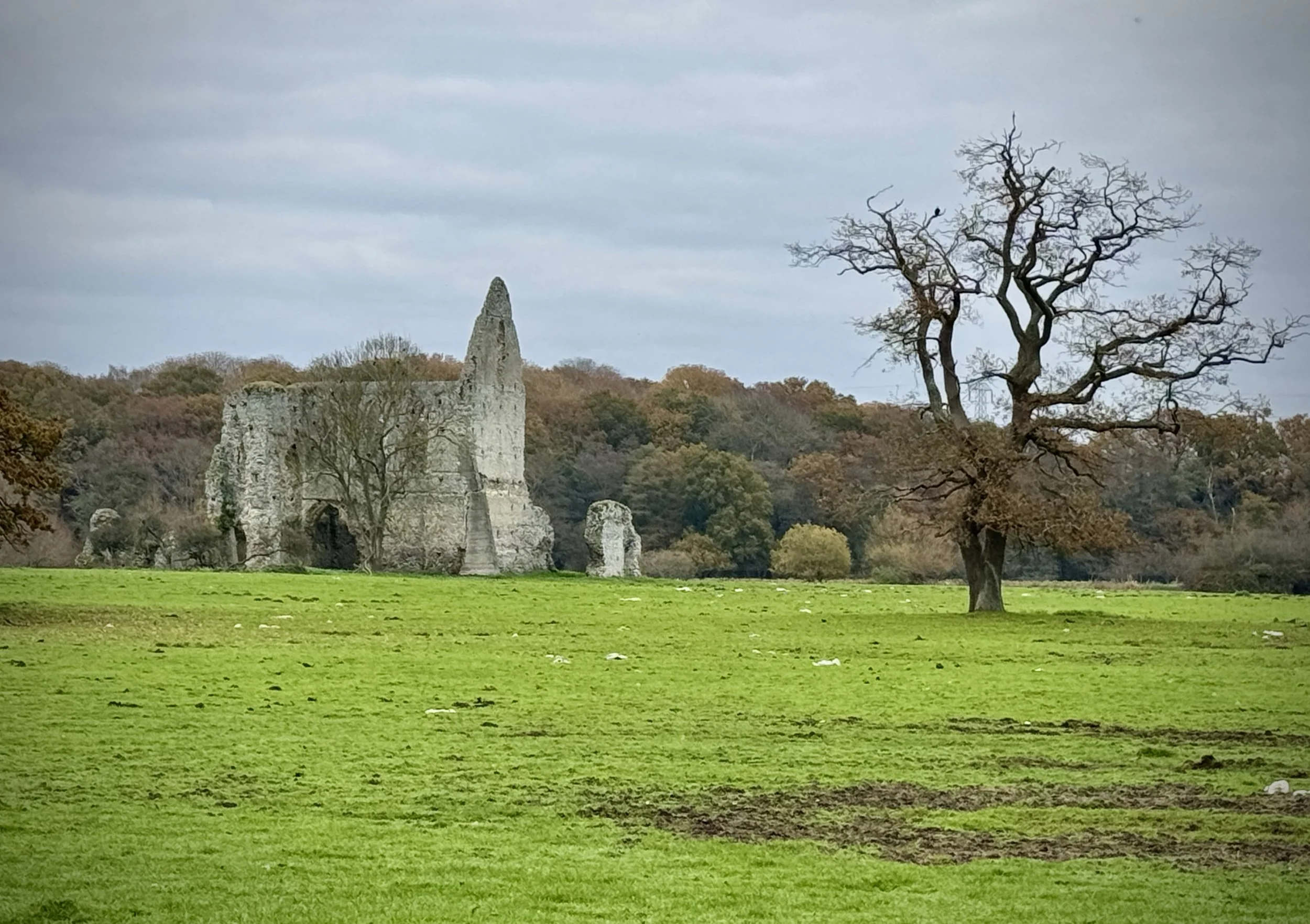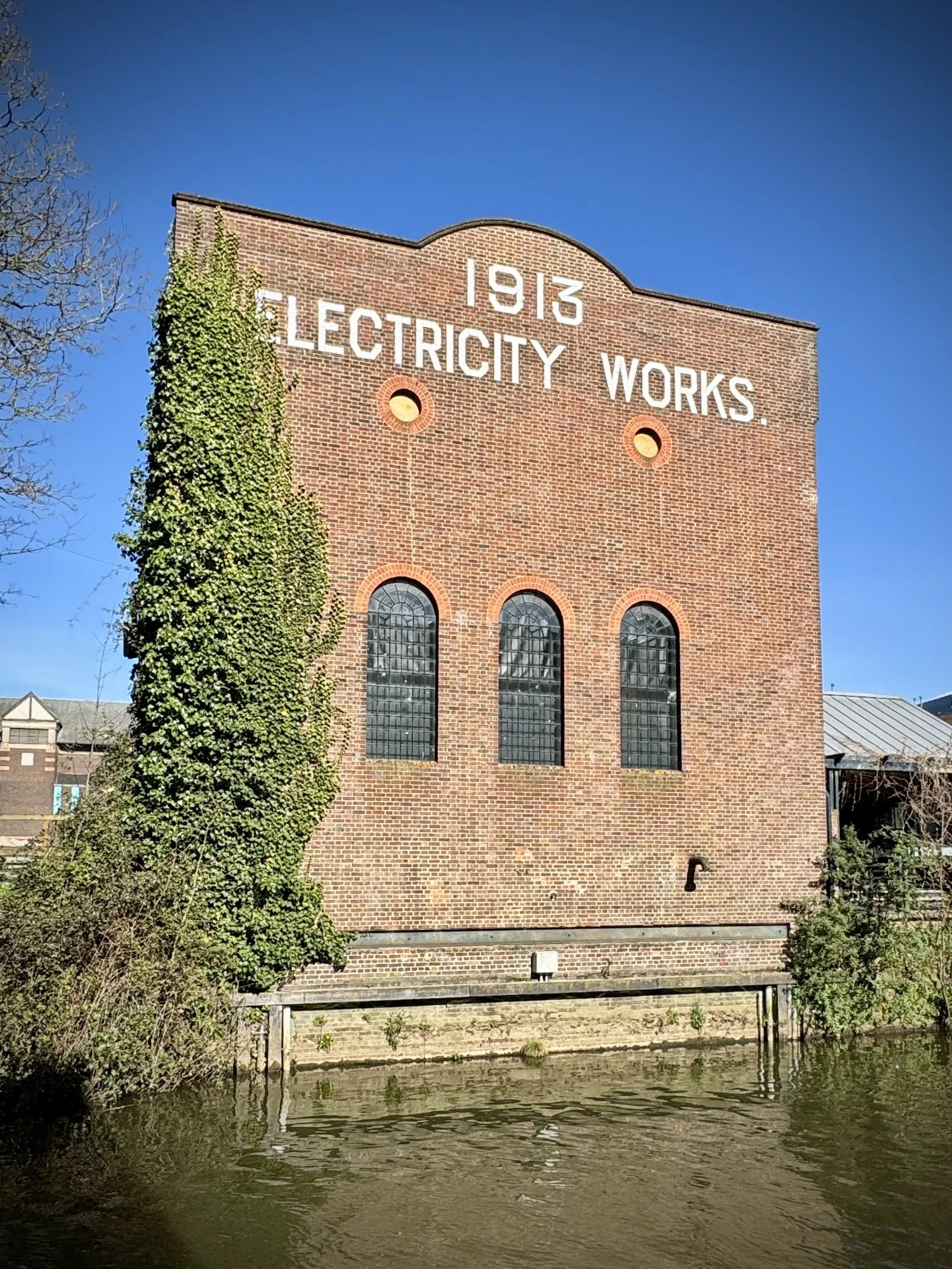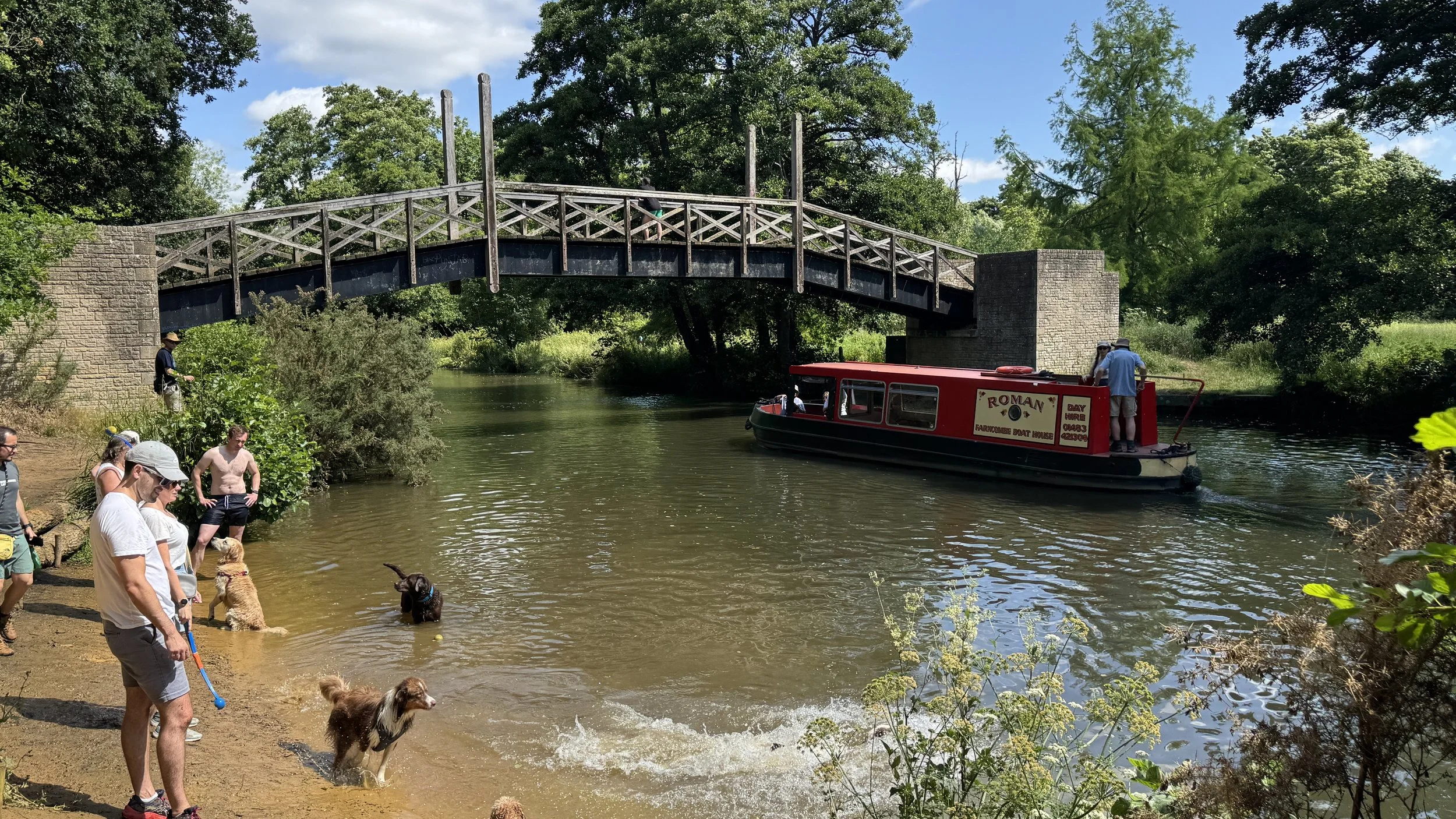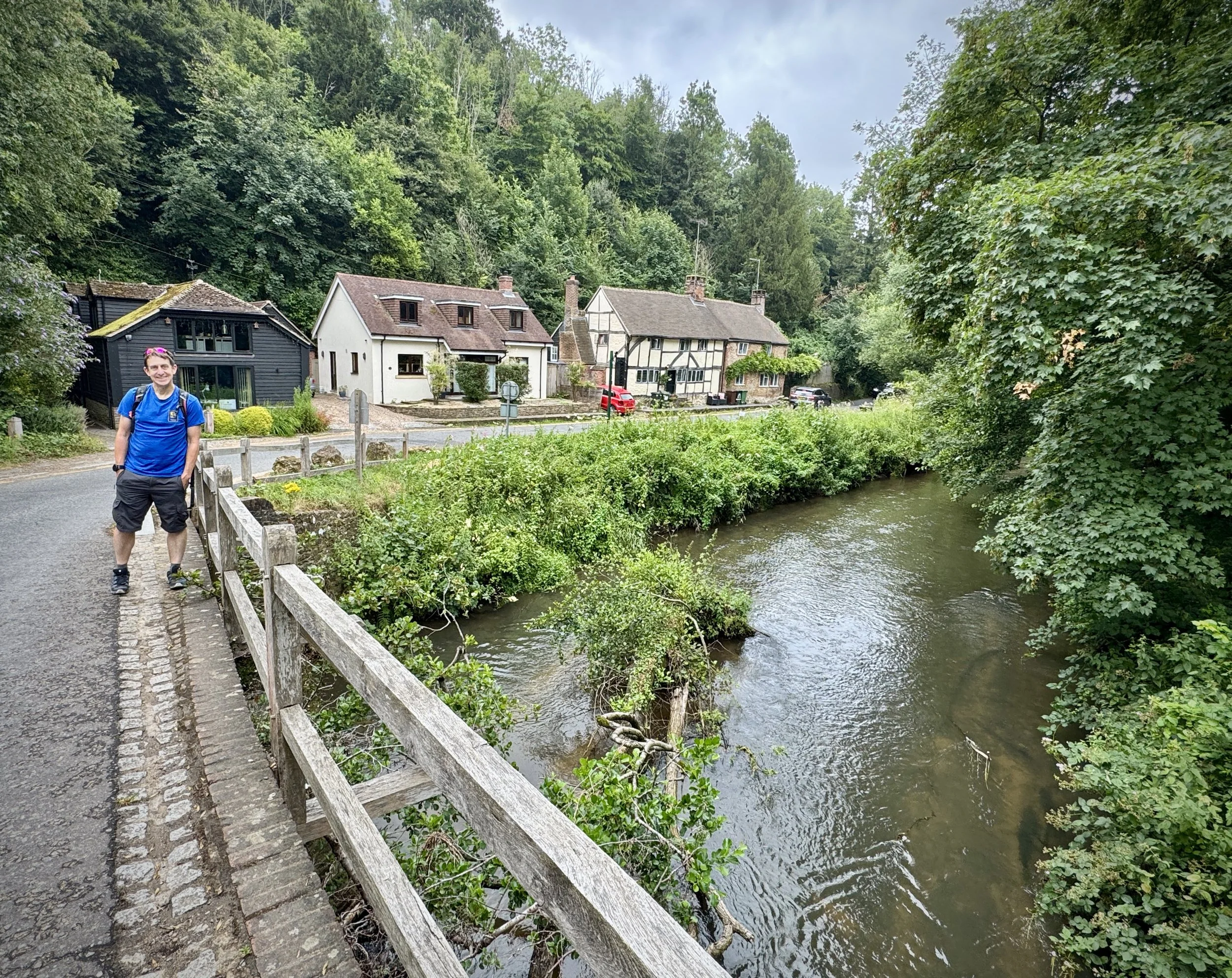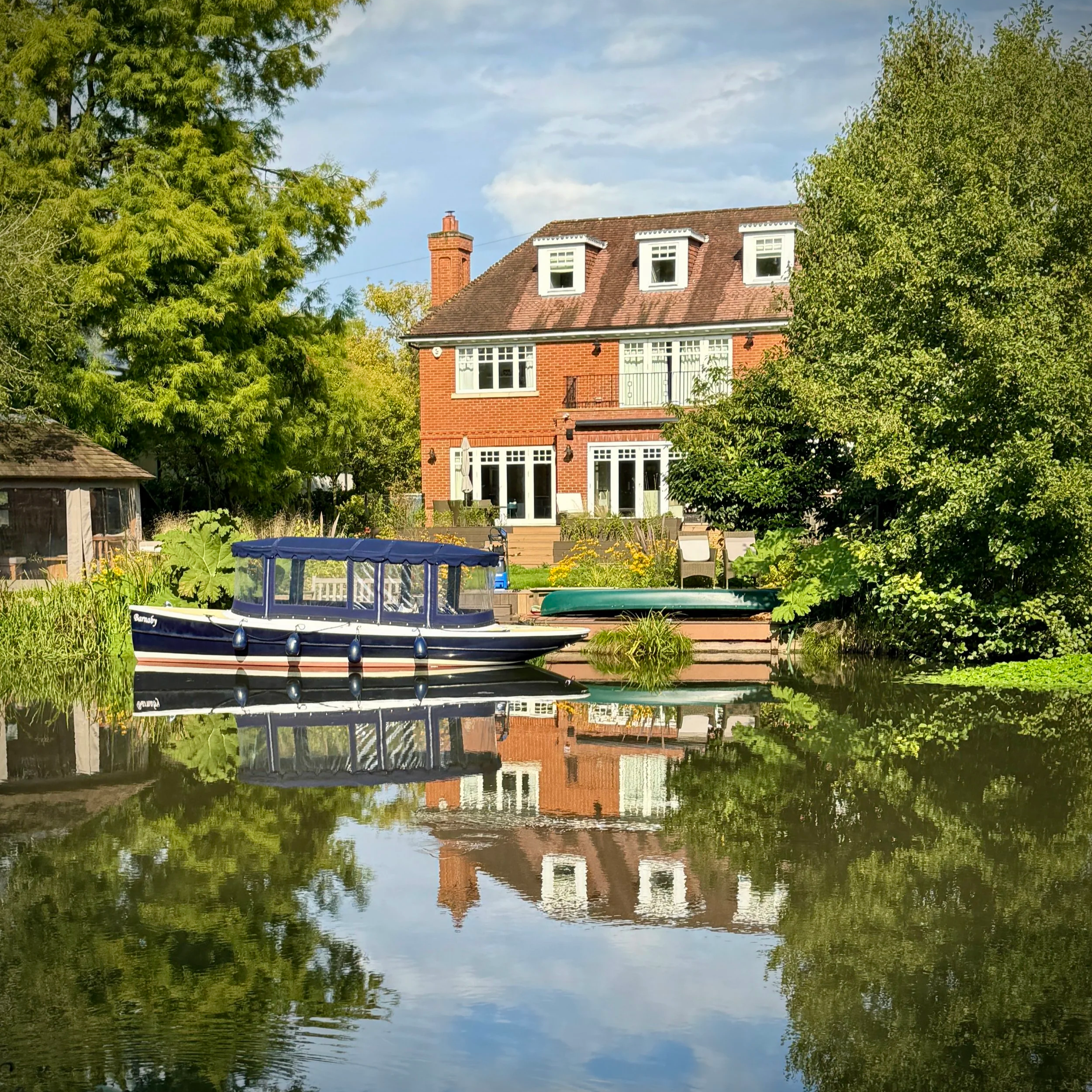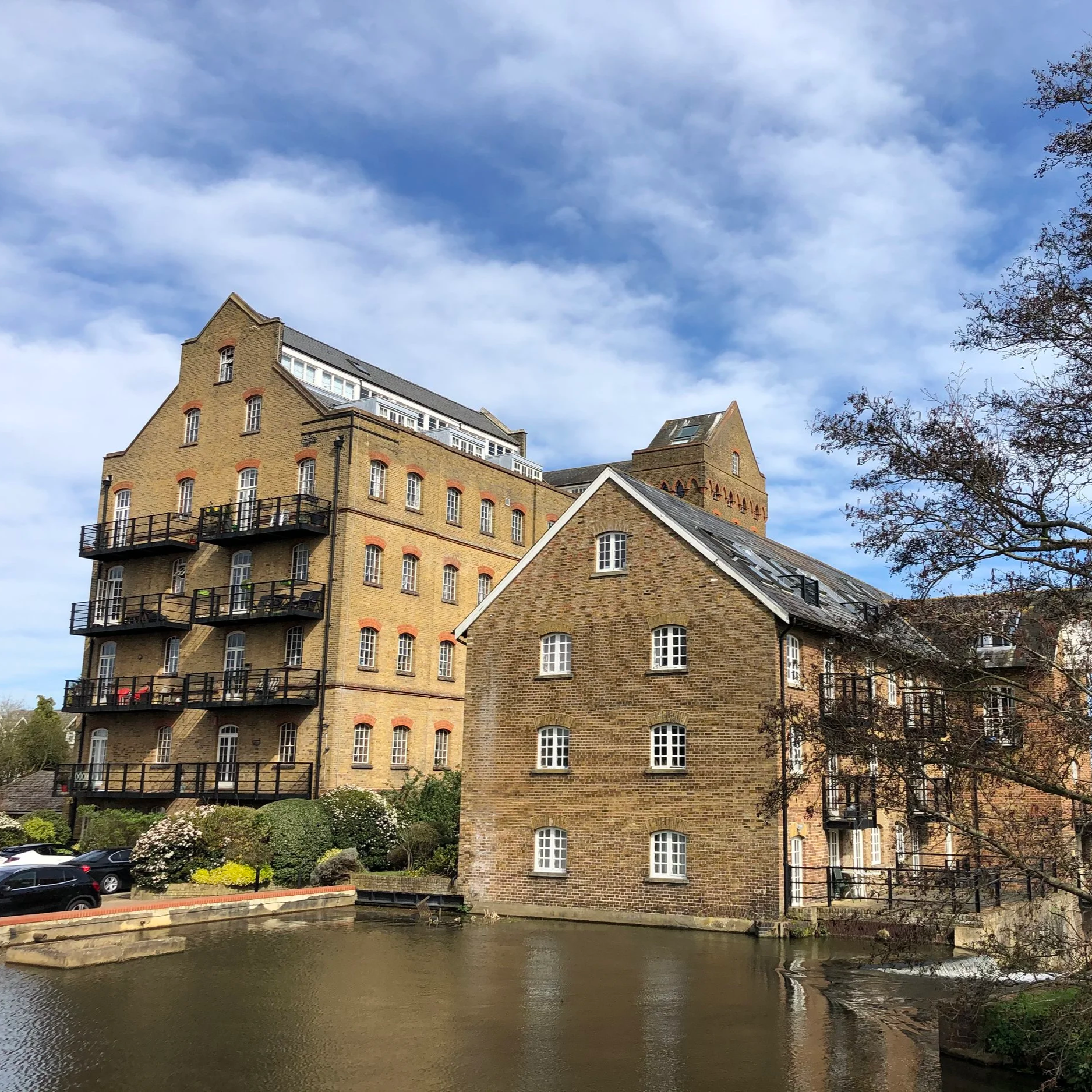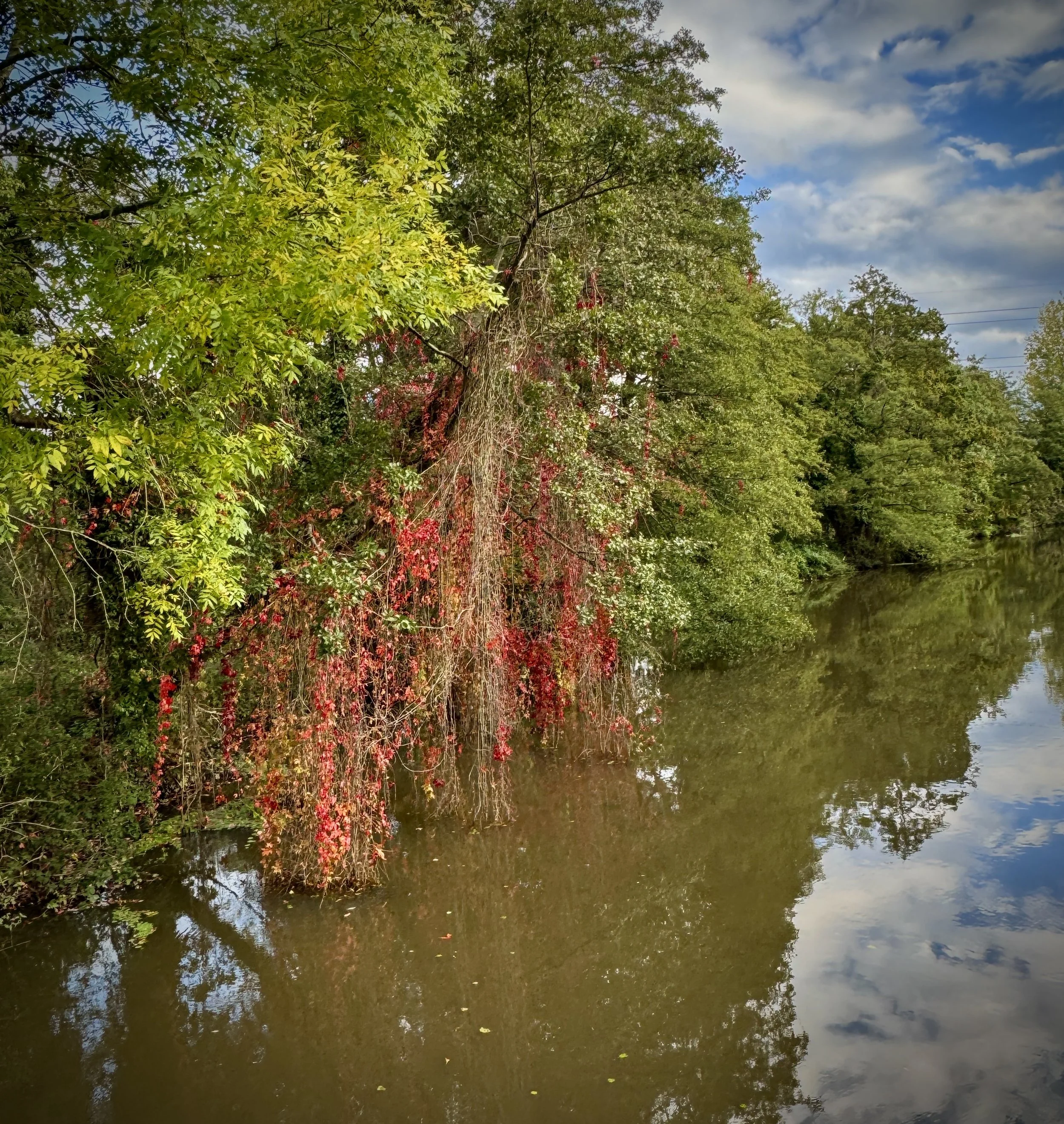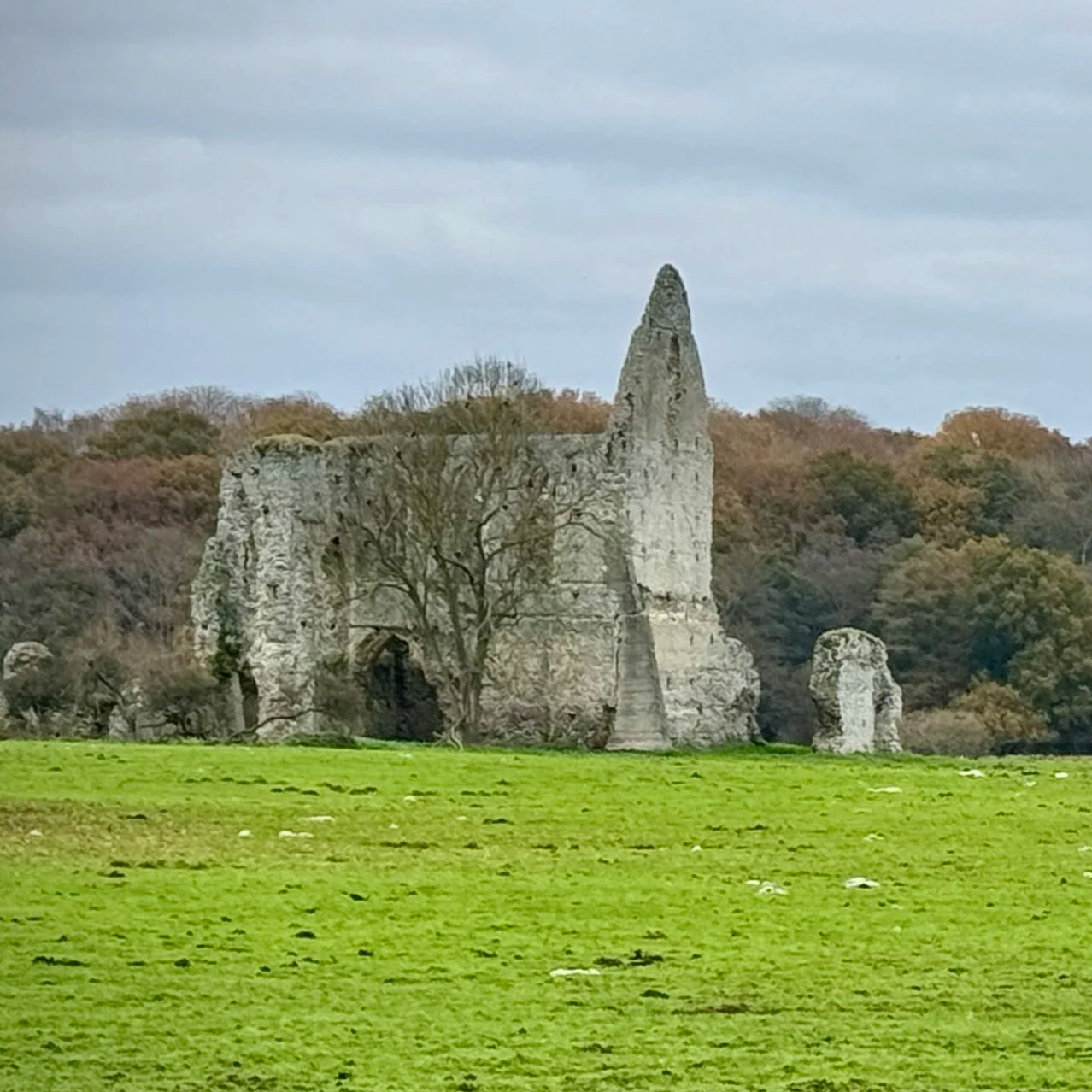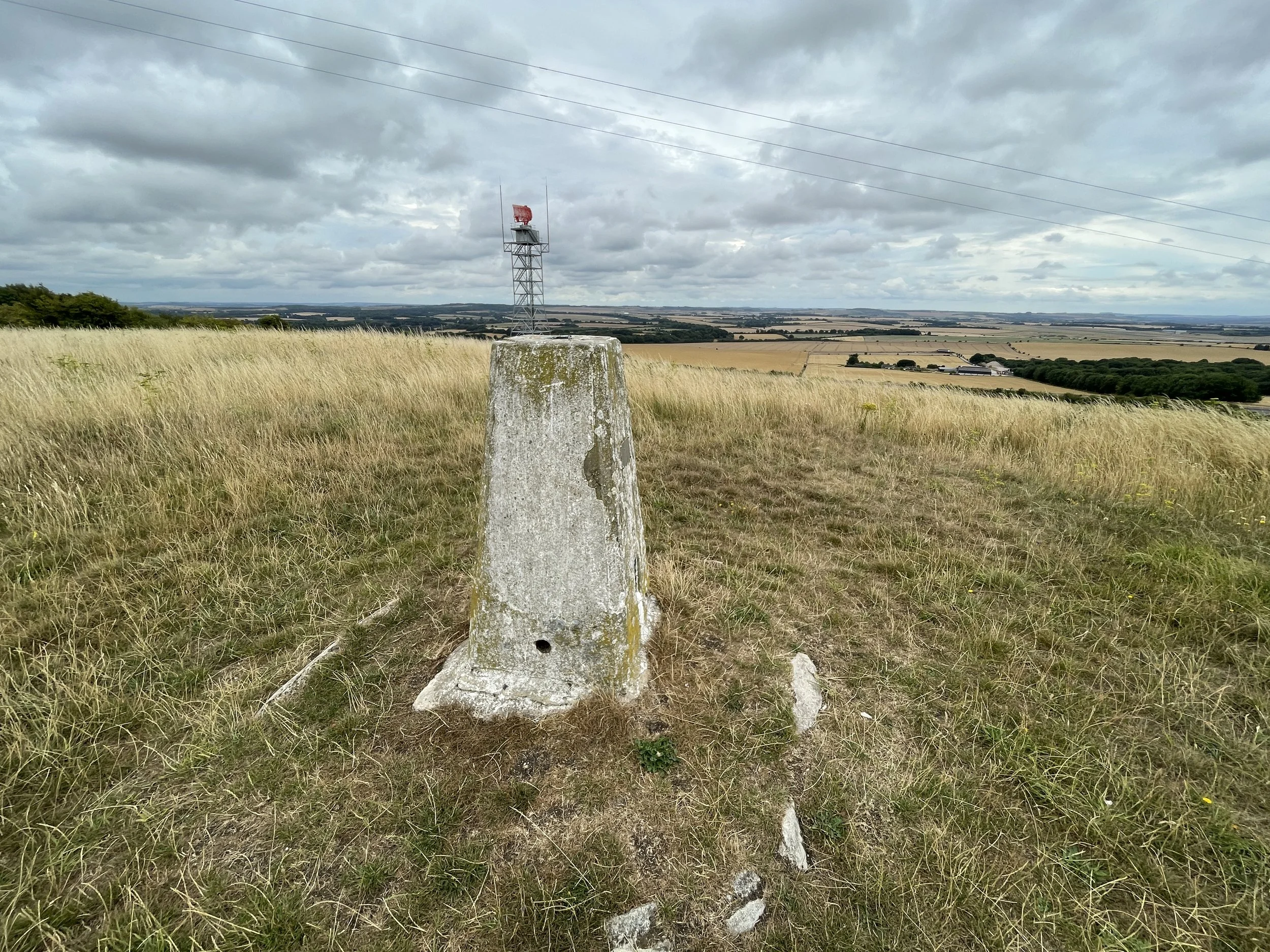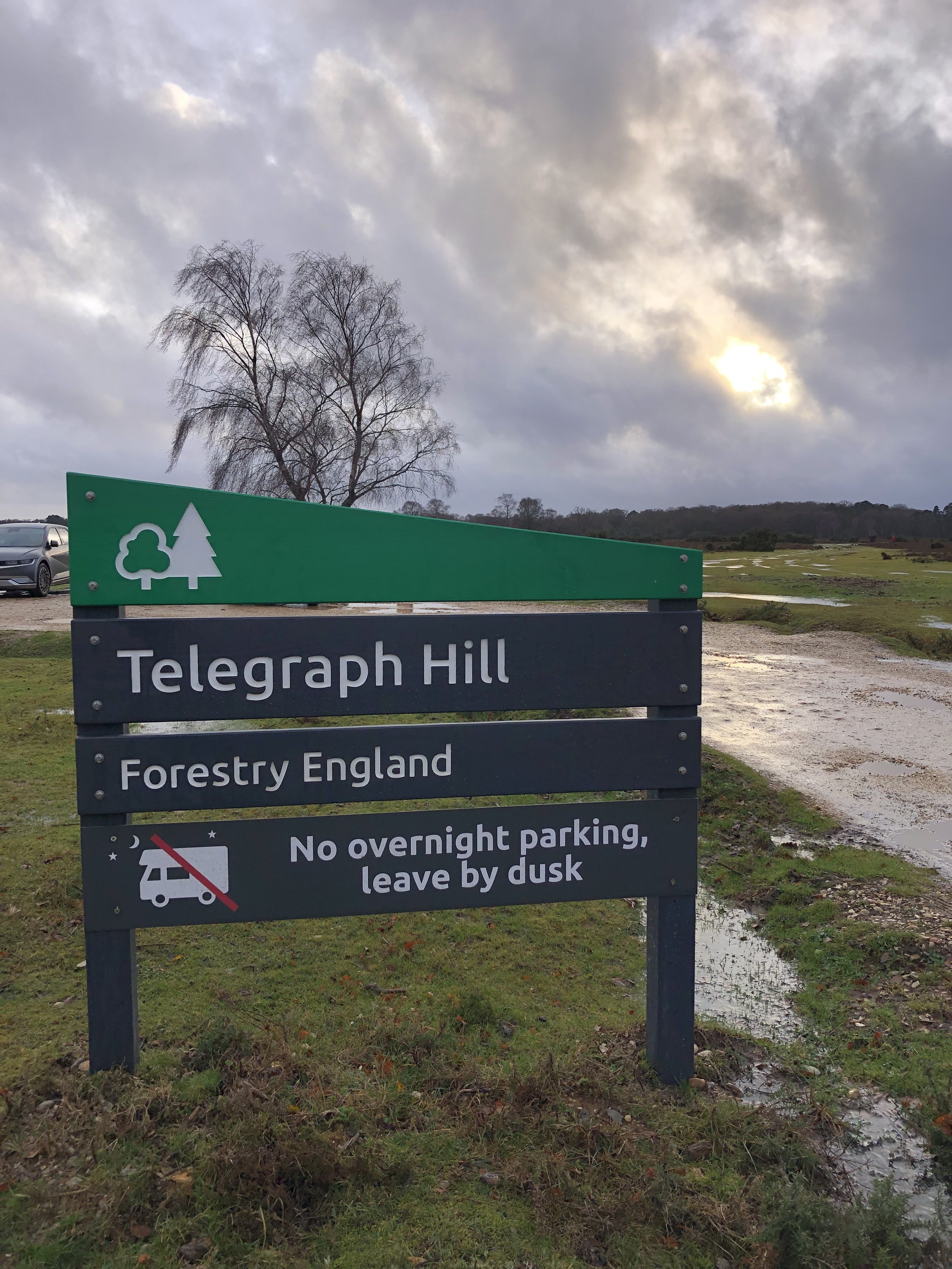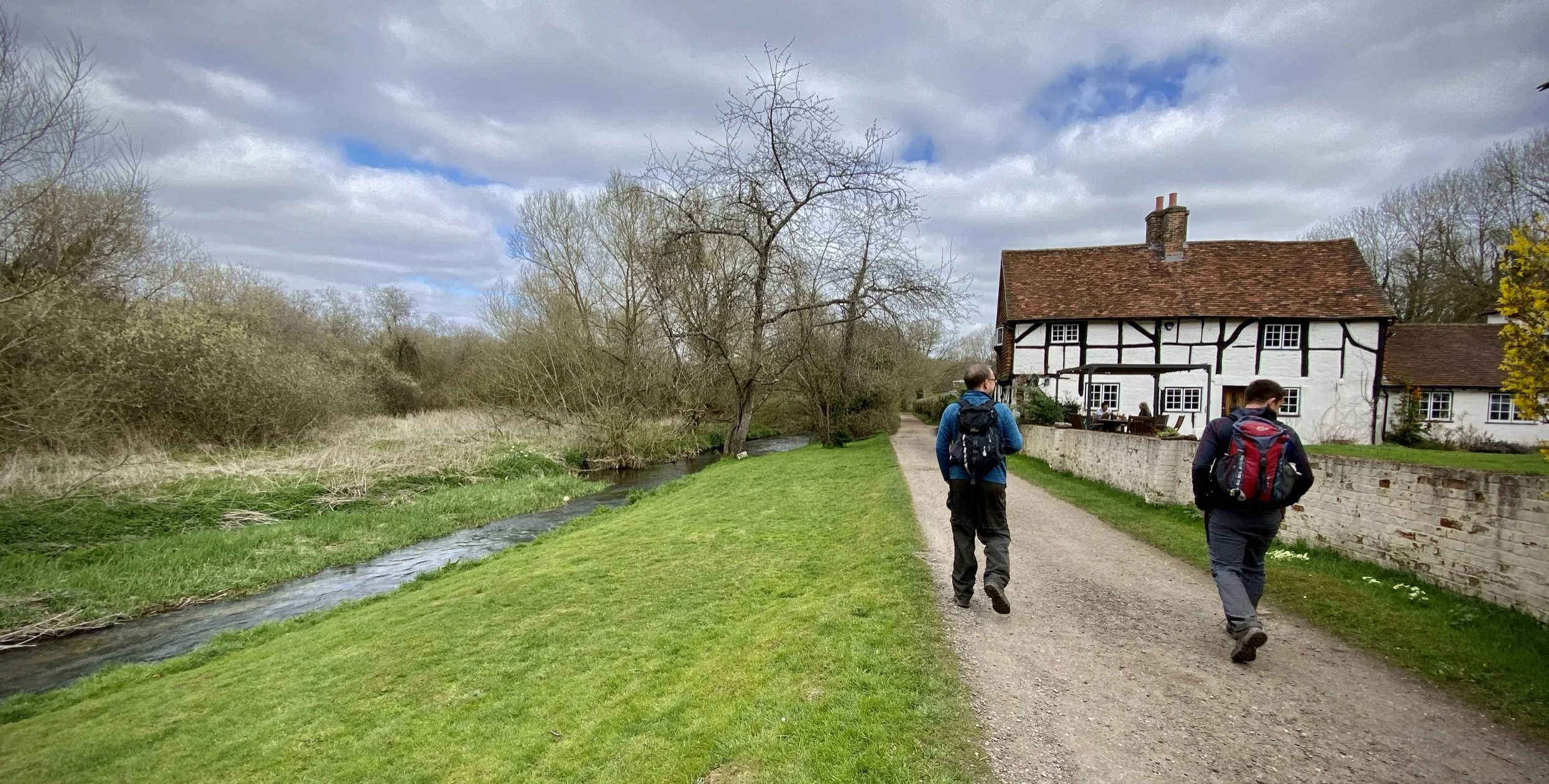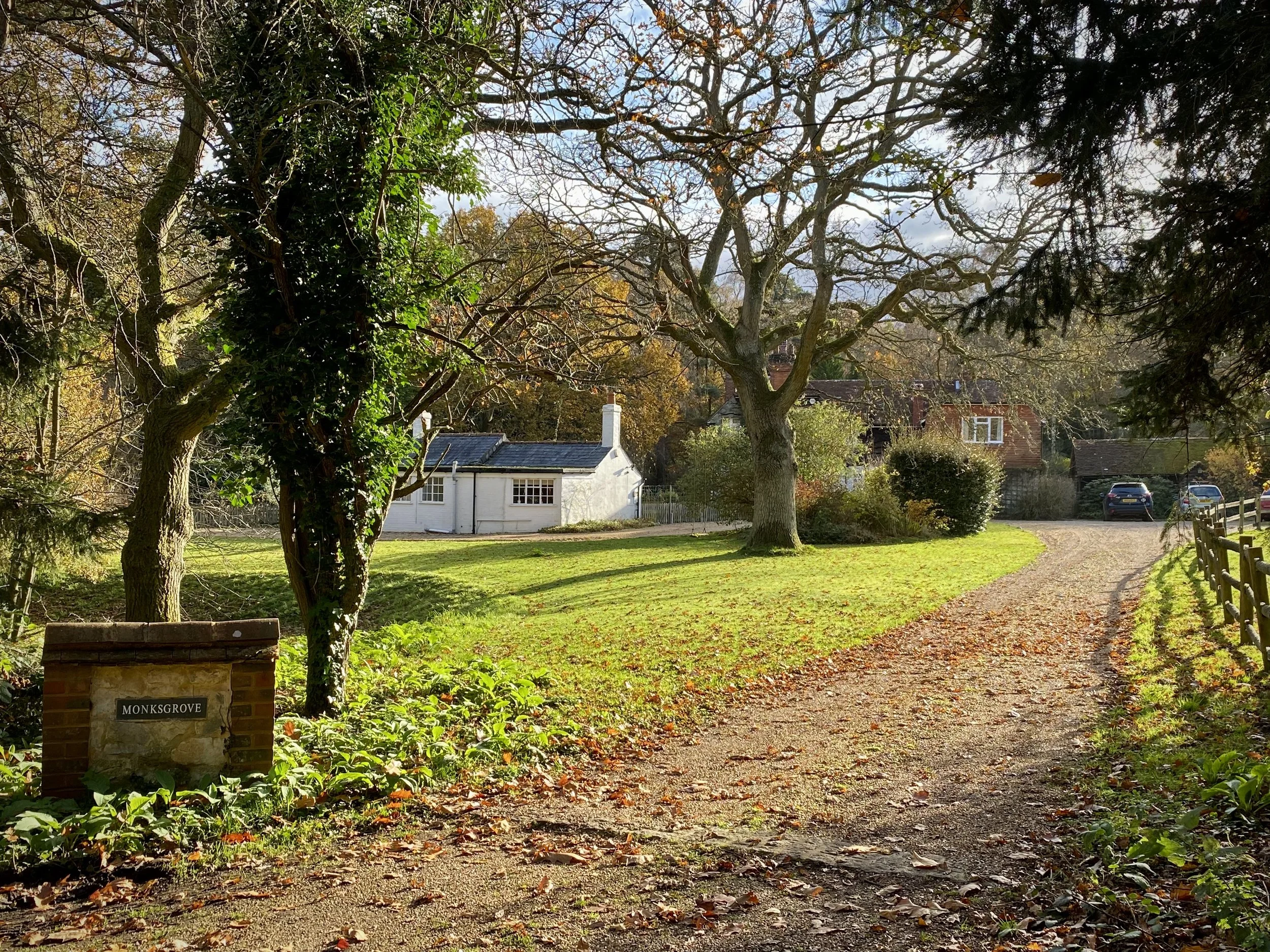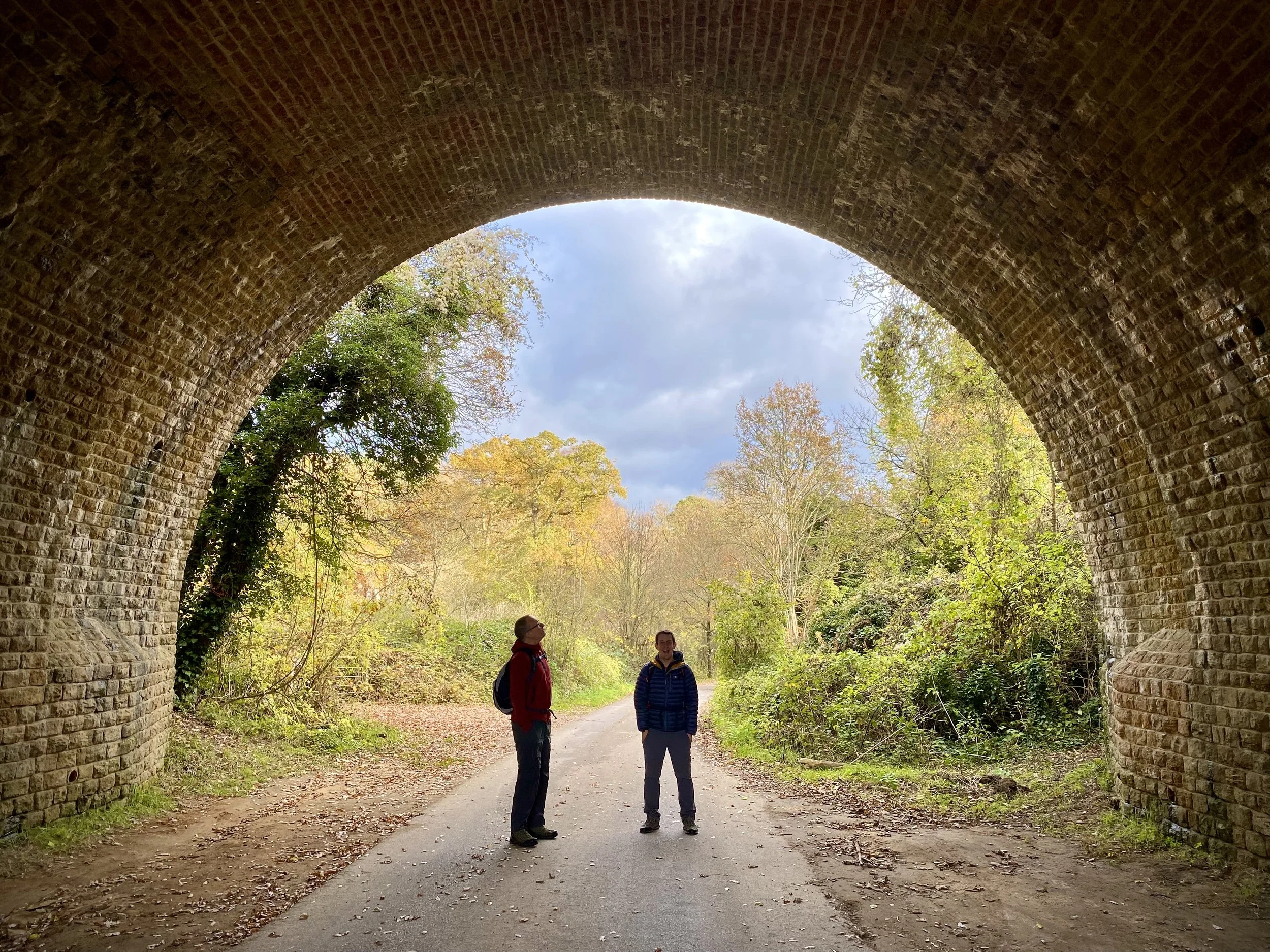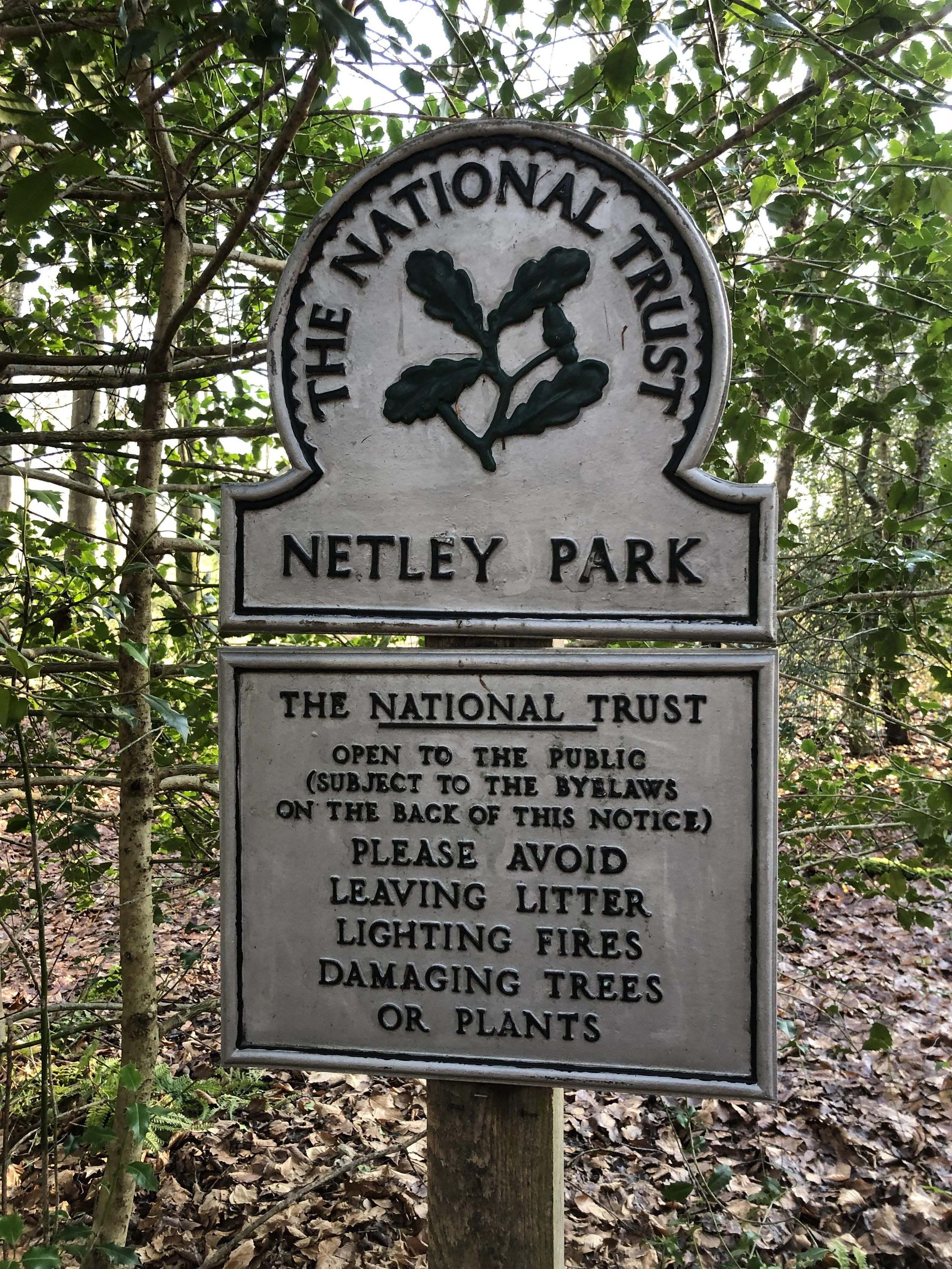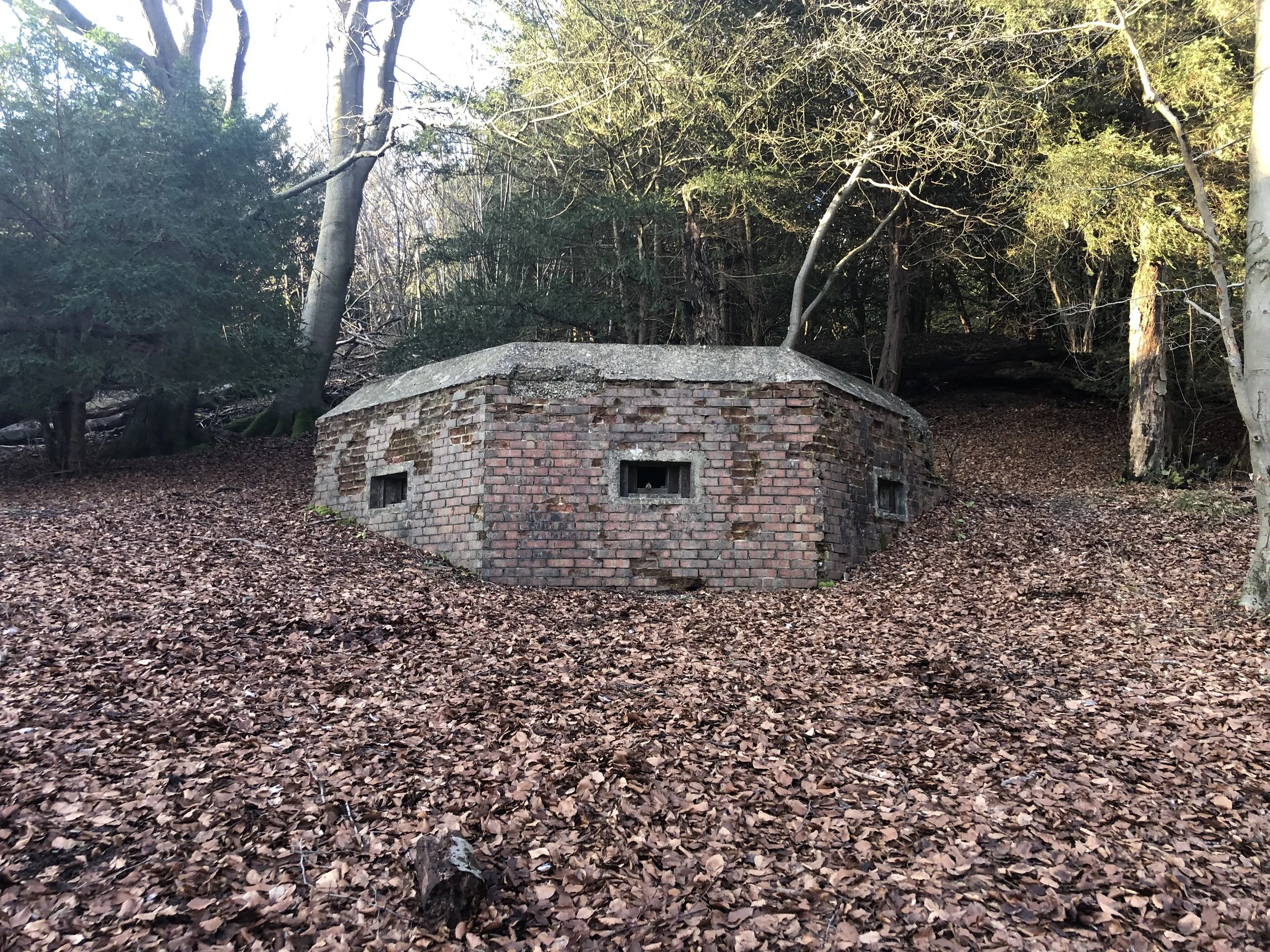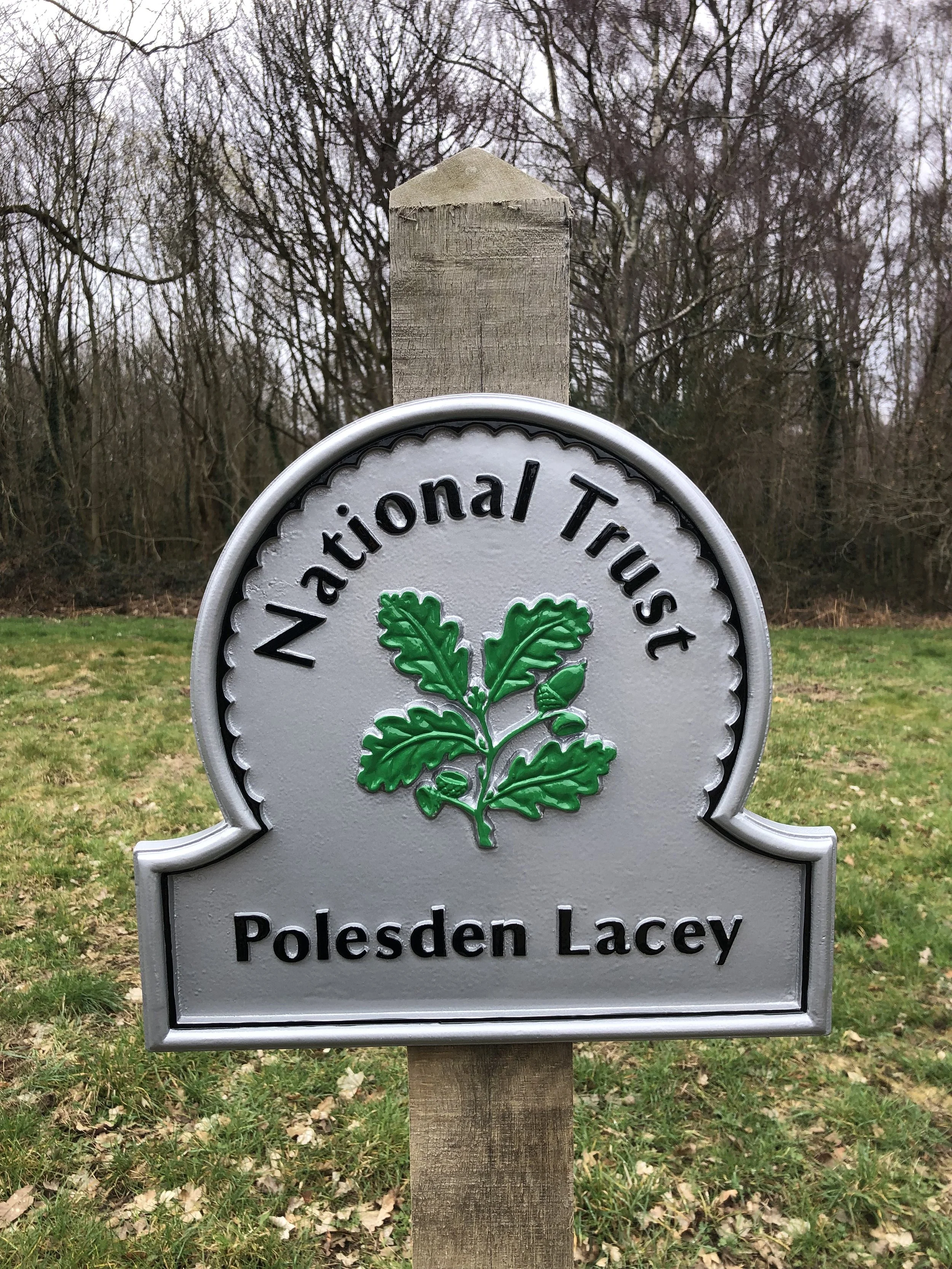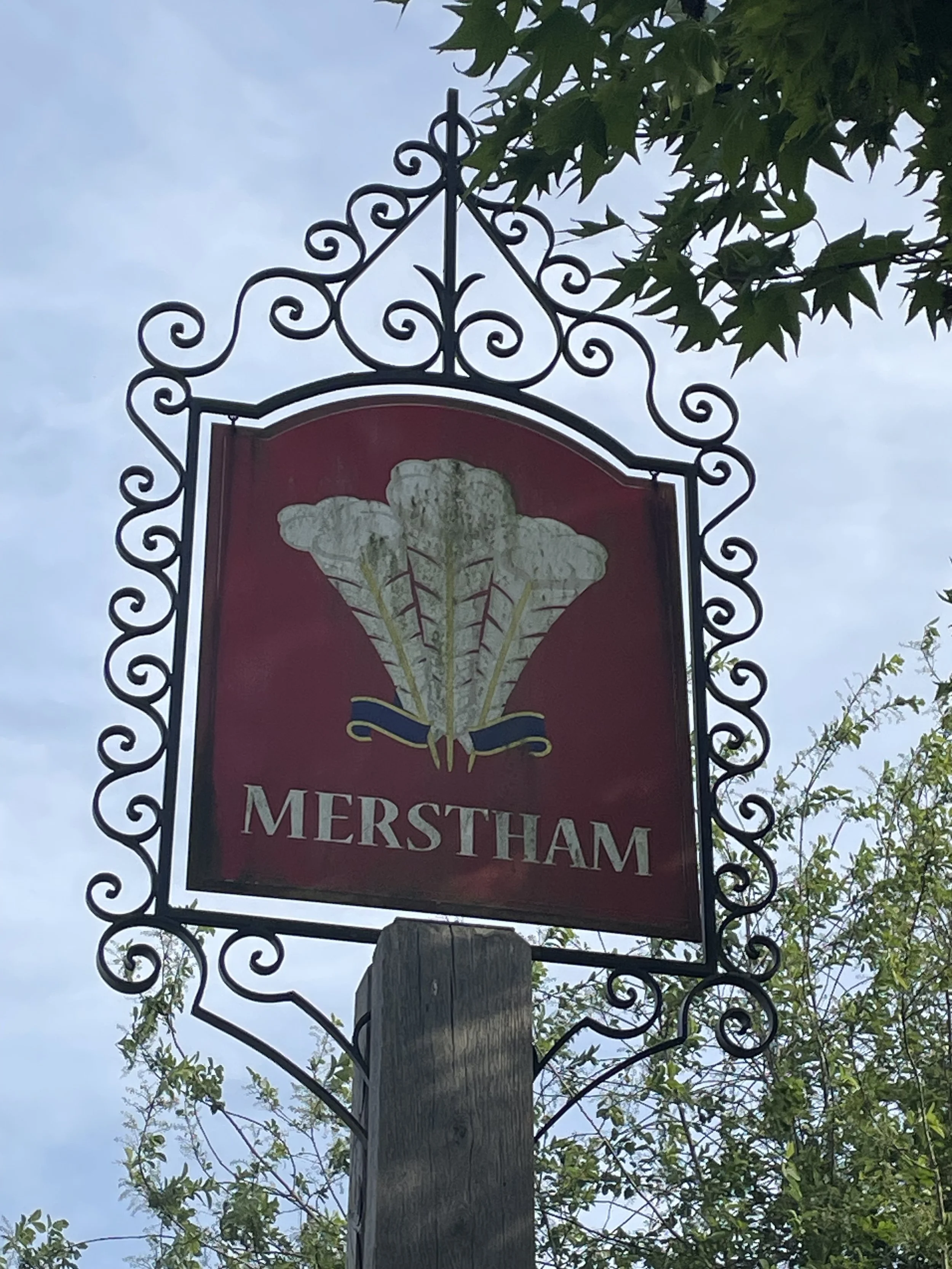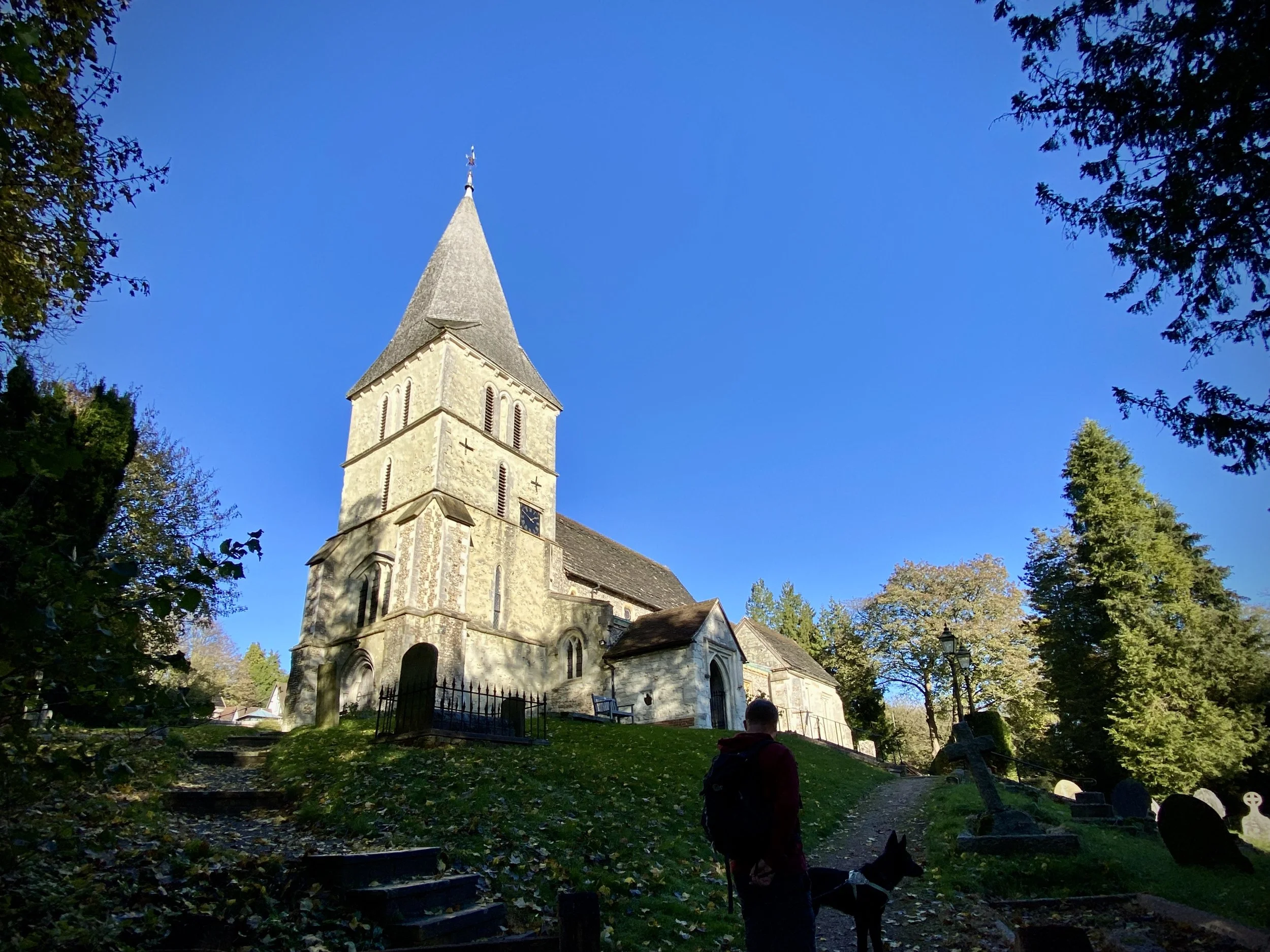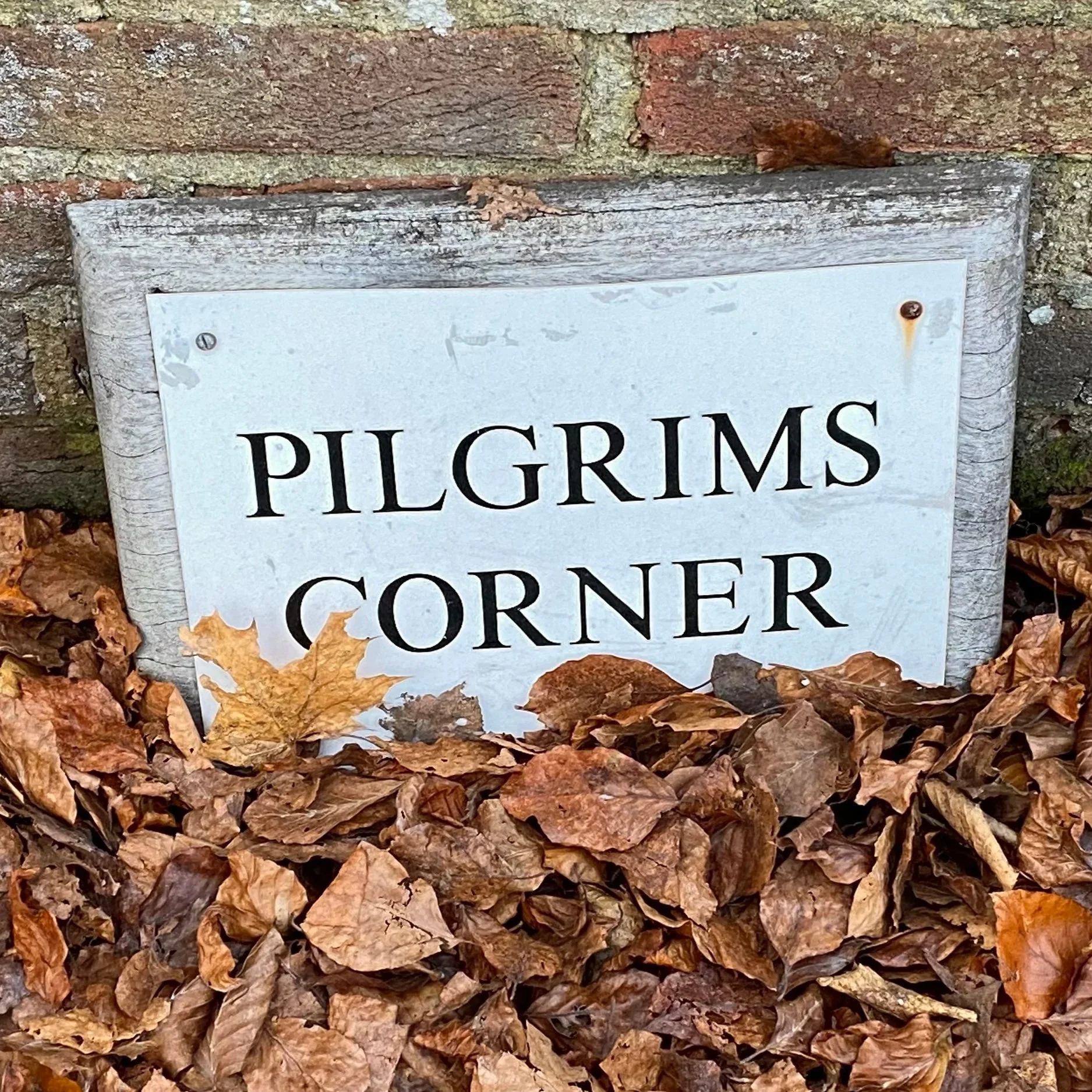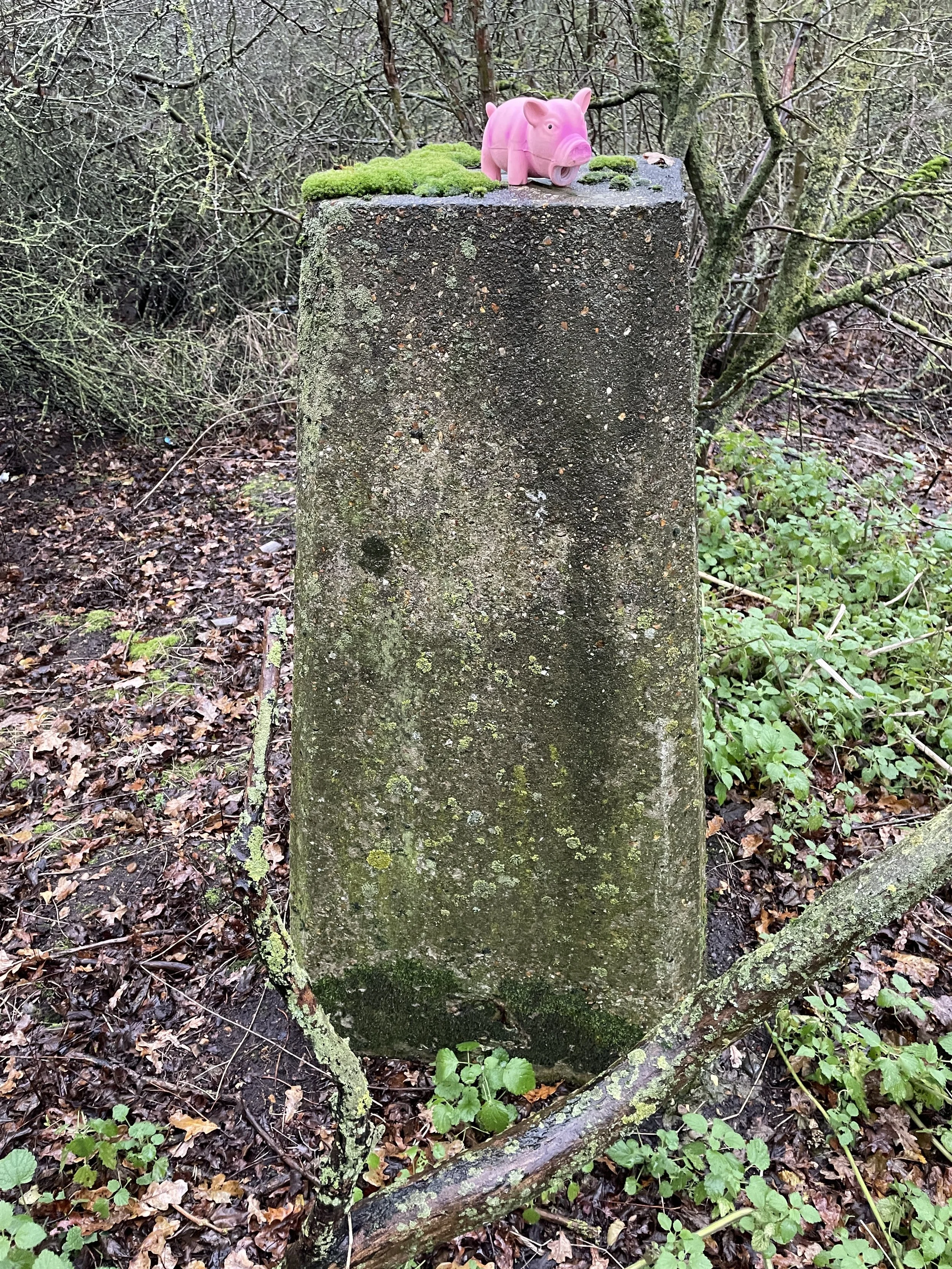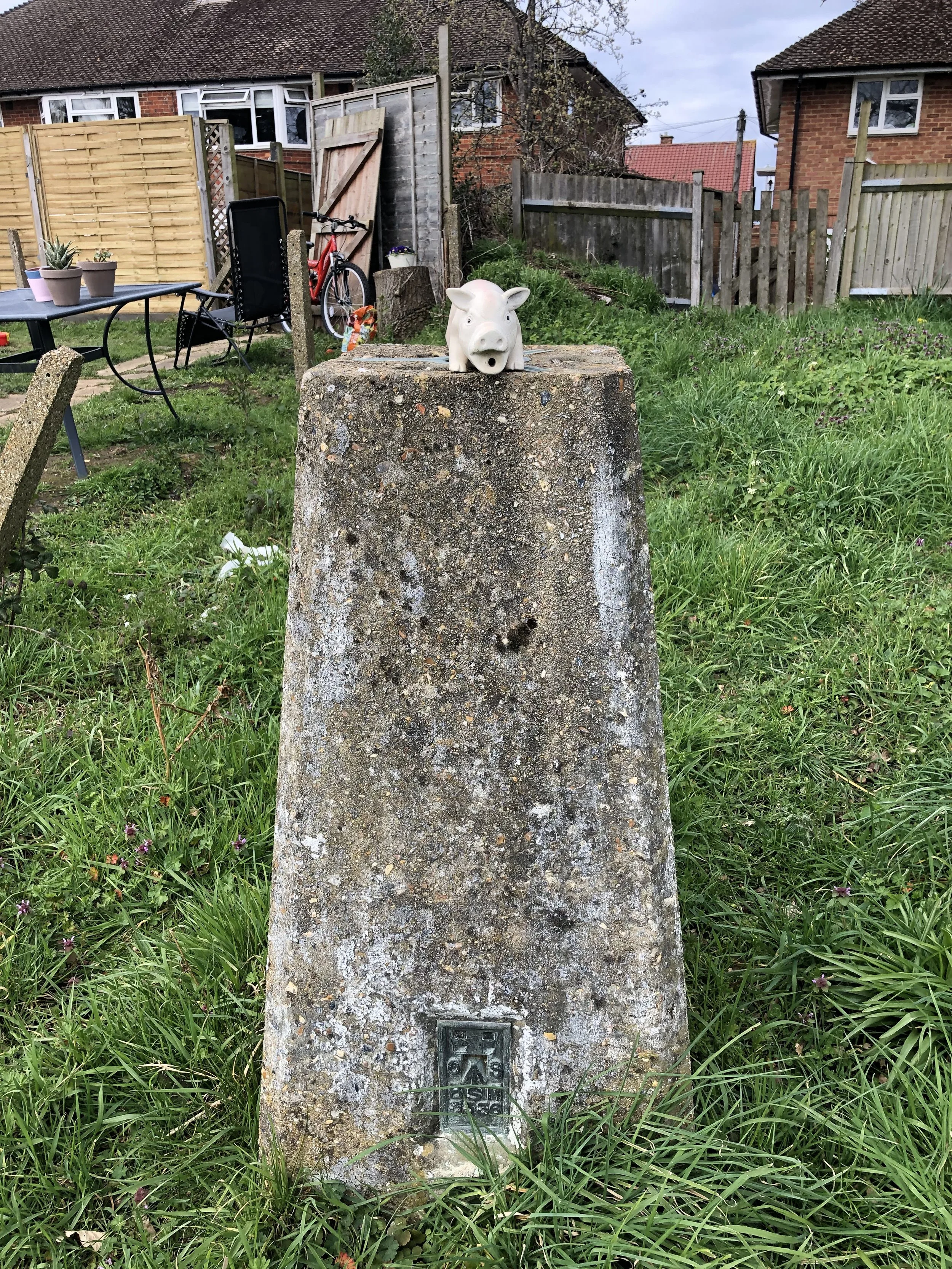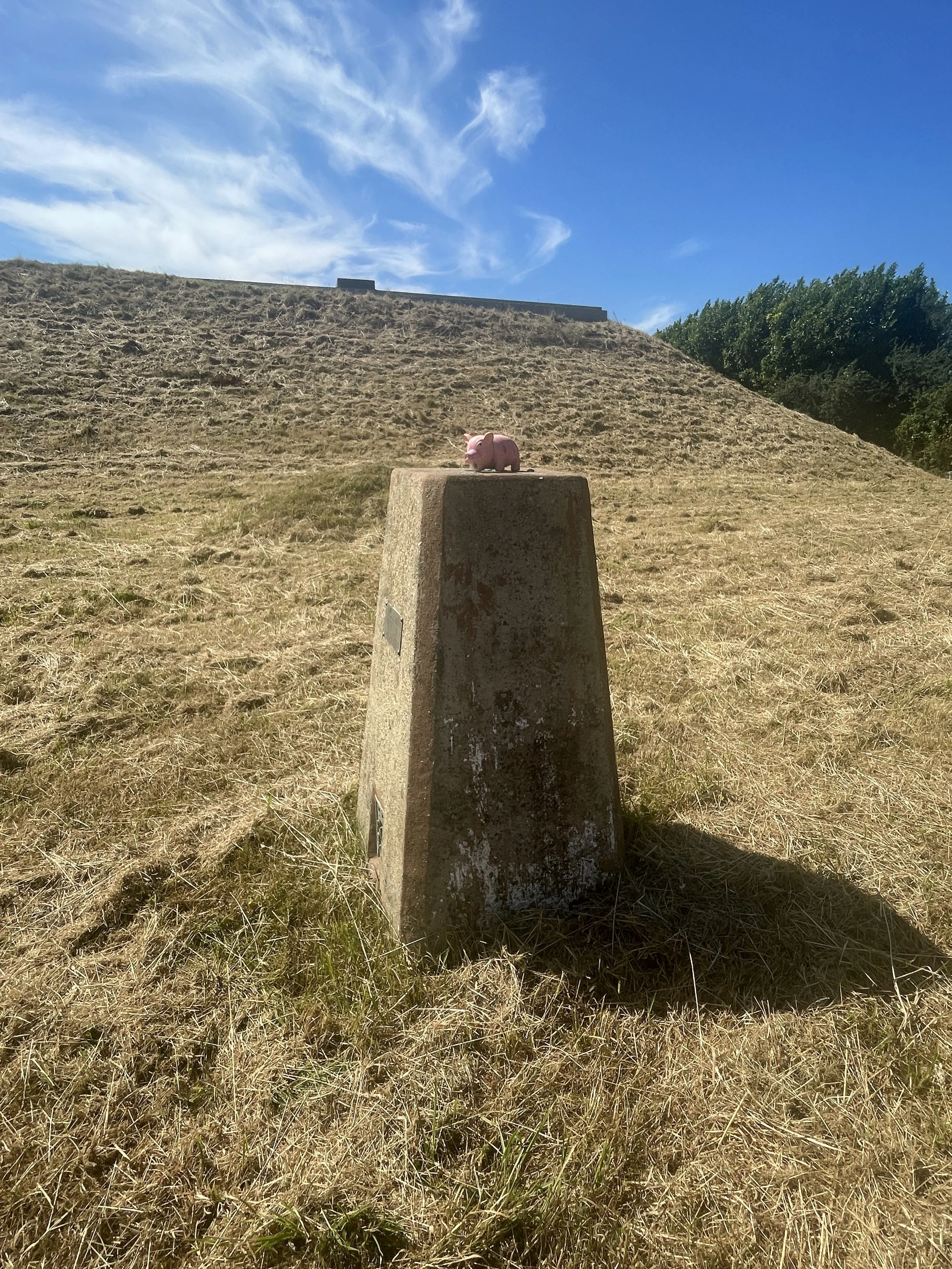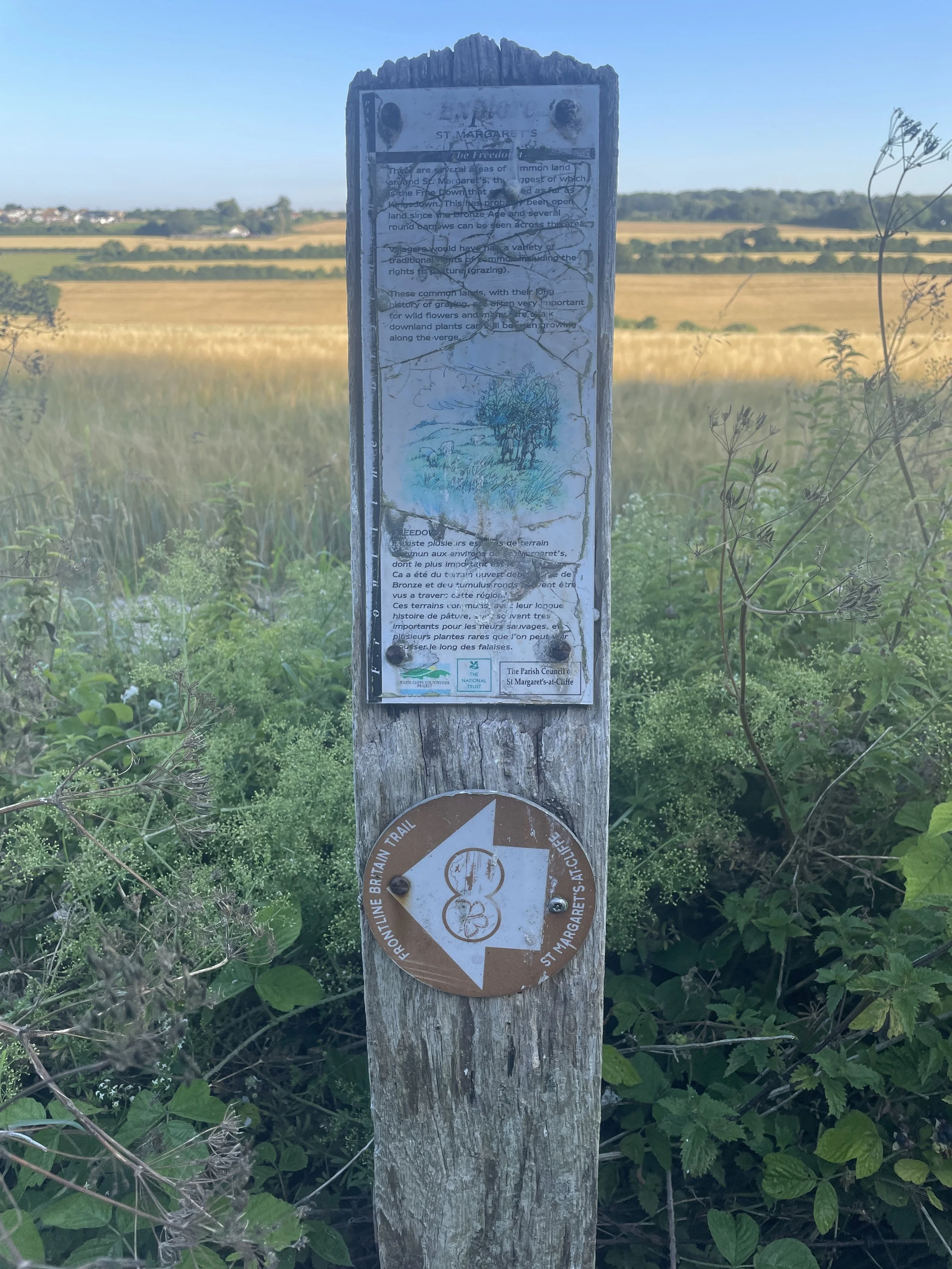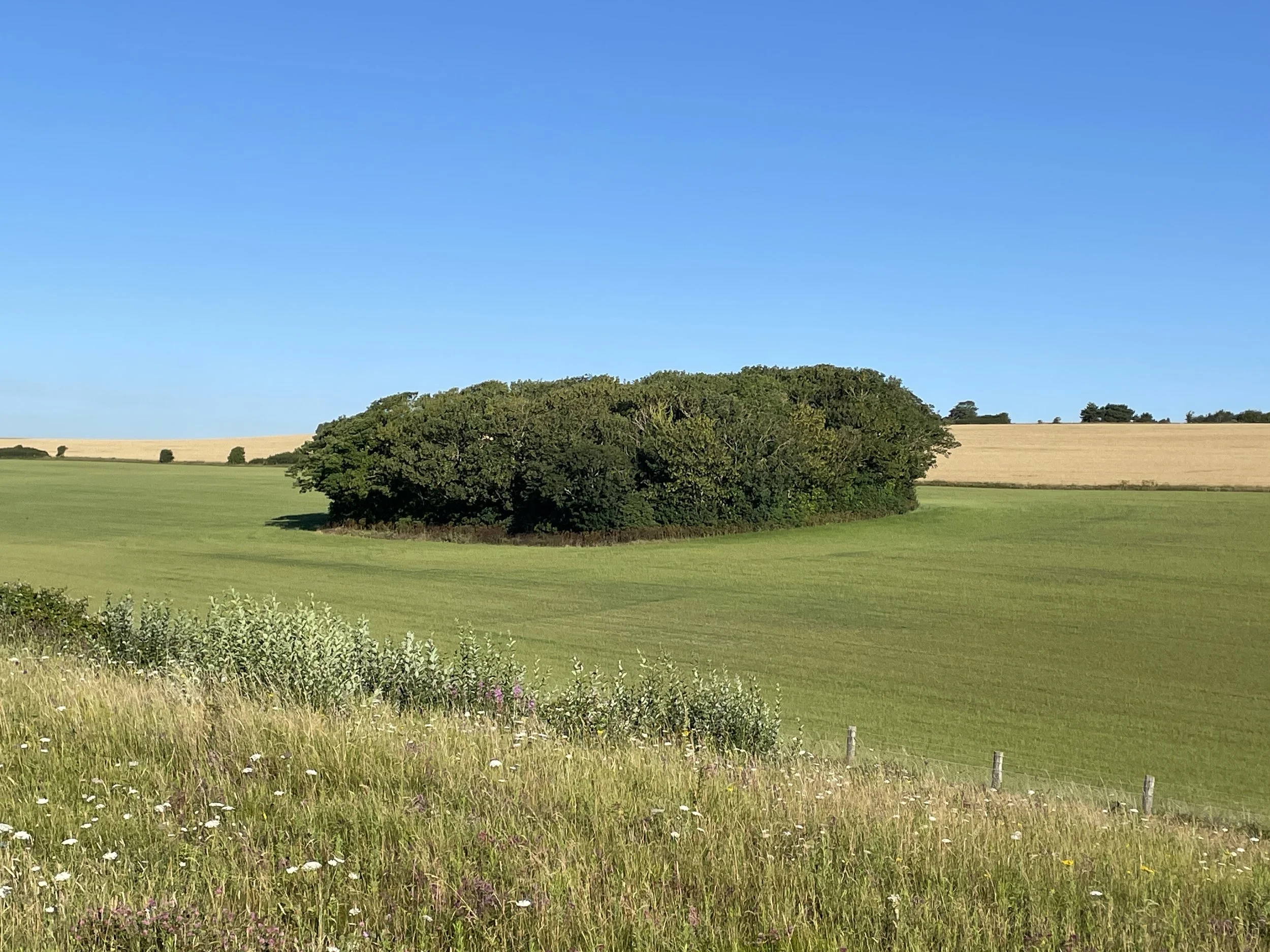If you’ve searched for or stumbled across this page then you probably already know what an OS Trig Pillar is. If you don’t then this article from the Ordnance Survey is a good place to start.
Over 6,000 Trig Pillars were erected across the country from 1936 to 1962. The first person to have visited all of them was Rob Woodall who completed his 14-year personal quest in April 2016. At the time of writing this I’ve also been visiting Trig Pillars for over 14 years but so far I’ve bagged less than 5%. While I don’t have the need to bag them all, I’d be happy with an “interesting 10%”. These would include all of the pillars on the UK County Tops and, as it’s close to home, all of South East England. After a geeky pub conversation somewhere in Scotland after a County Top climb, I also took an interest in the extremes: the oldest, the newest, the furthest north, east, south and west. This post shows the results of my research so far into what are those extreme Trig Pillars.
Let me know if you have any corrections to the information on this page or any suggestions for other extreme Trig Pillars. I’ll donate £1 to one of the outdoor causes that I support for any edit made.
Trig Pillar Compass Club
The spreadsheet below shows the same Trig Pillars as in the map above. Note that those highlighted in yellow are ones that I’m less confident in. Comment below if you can confirm or correct any of these.
Other Extremes
First Trig Pillar installed: TP0256 - Cold Ashby, Northamptonshire. Installed on April 18th 1936. See article
Last Trig Pillar installed: TP6459 - Thorny Gale, Cumbria. Installed on 4th June 1962.
Highest Trig Pillar: TP1289 - Ben Nevis, Scotland. 1,344m elevation. See blog post.
Lowest Trig Pillar: TP4449 - Little Ouse, Norfolk. -1m elevation.
Thanks to Mark Brace for his contributions to this page.


